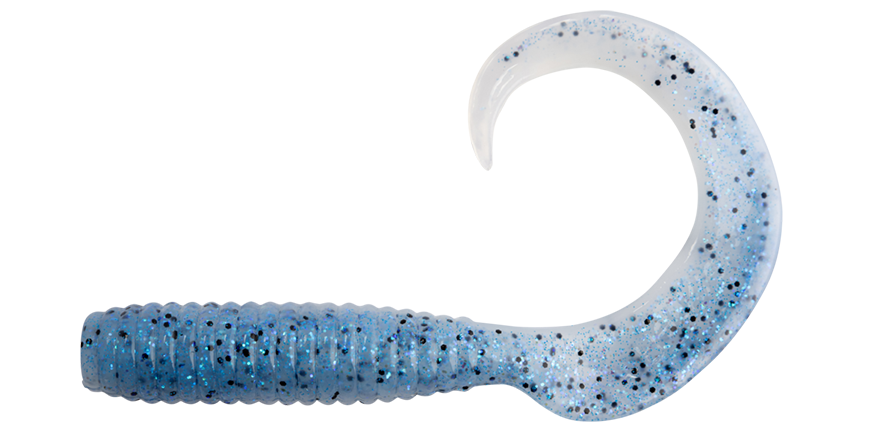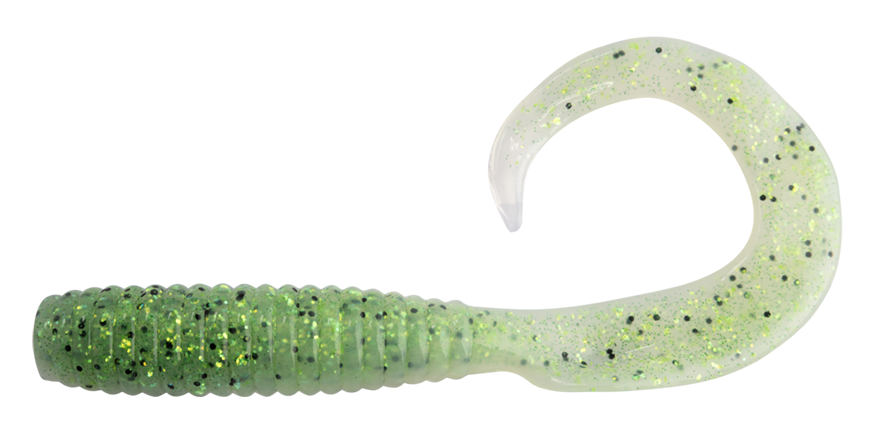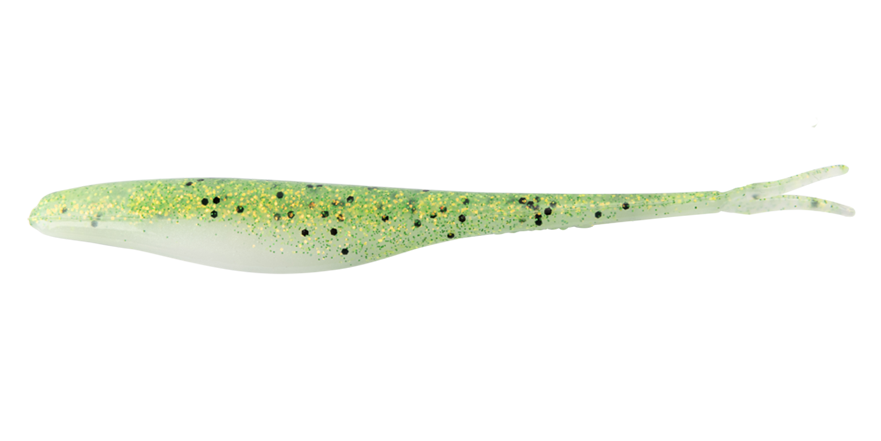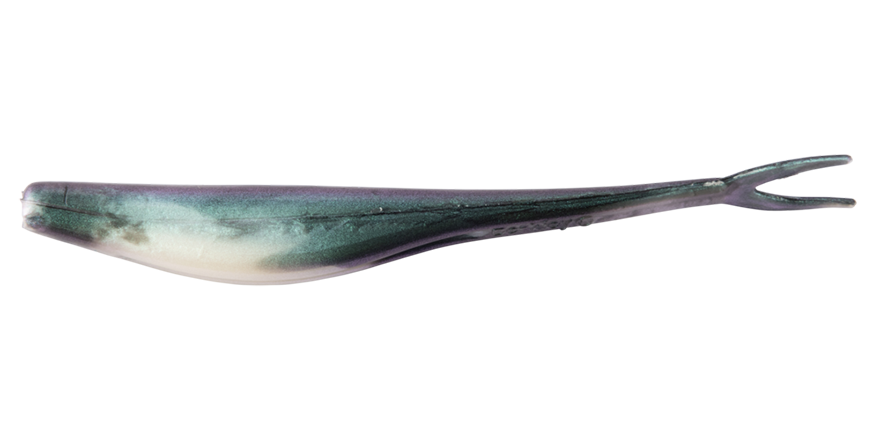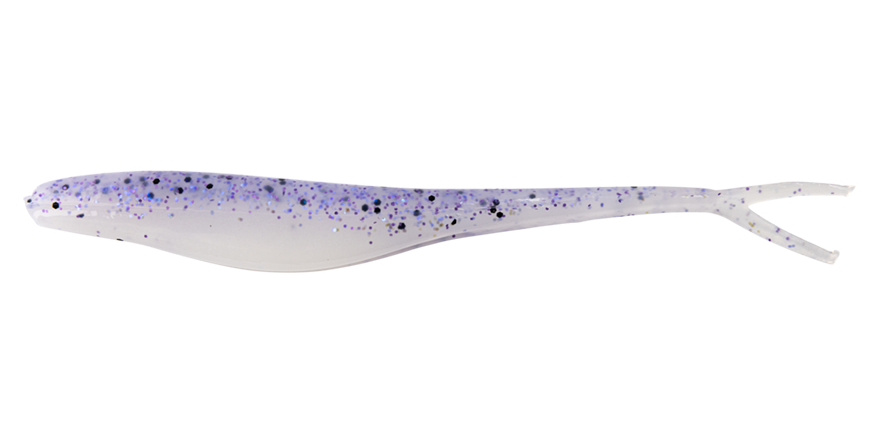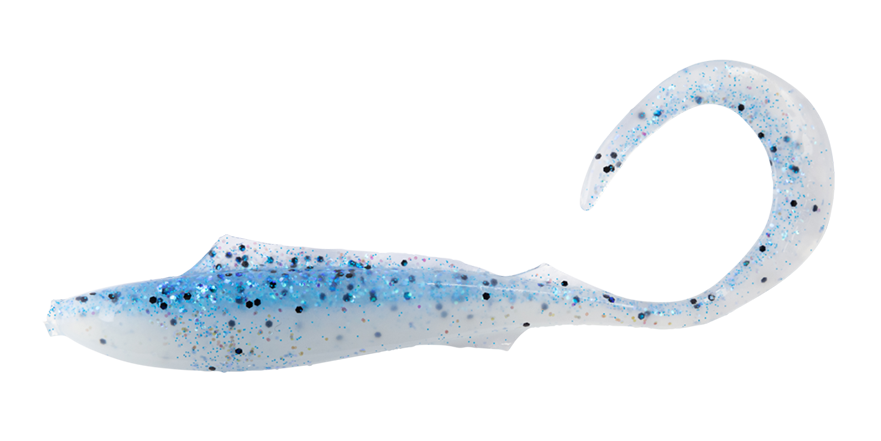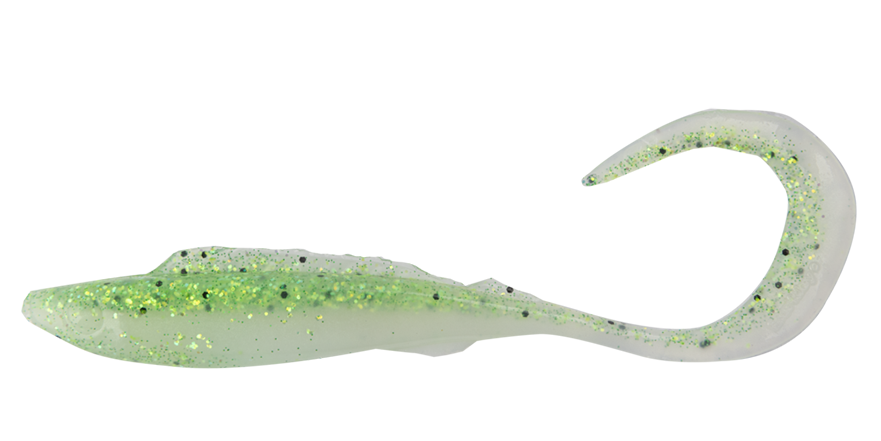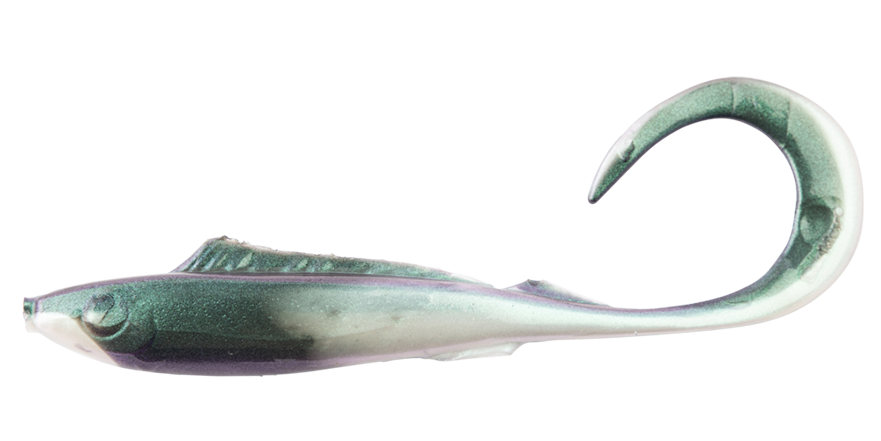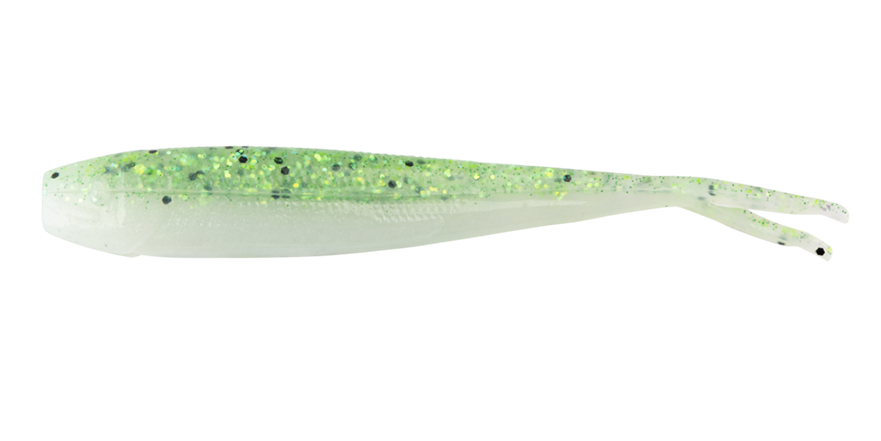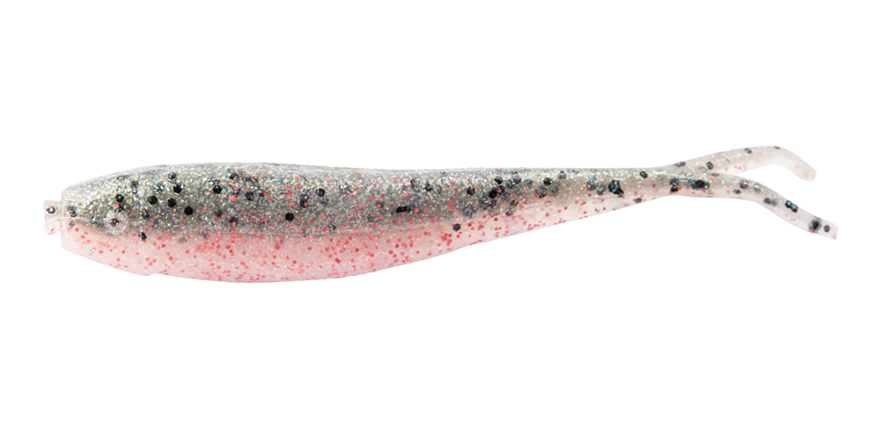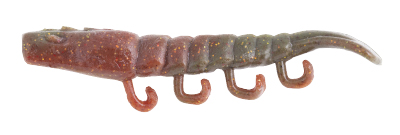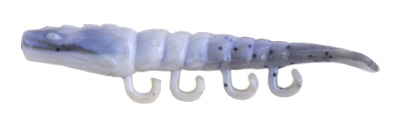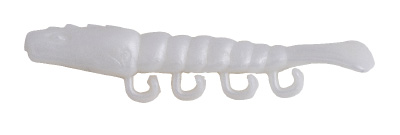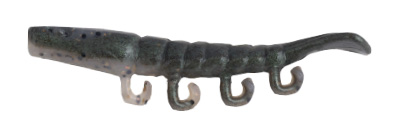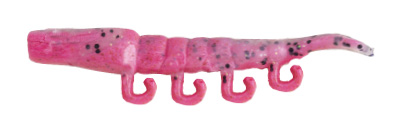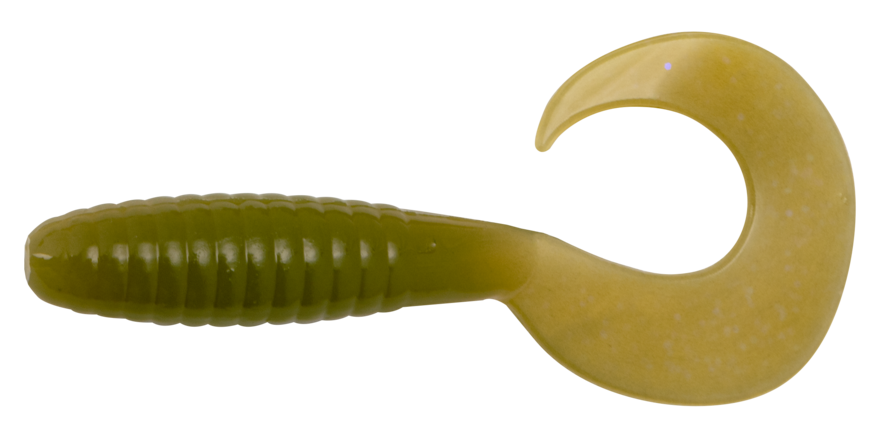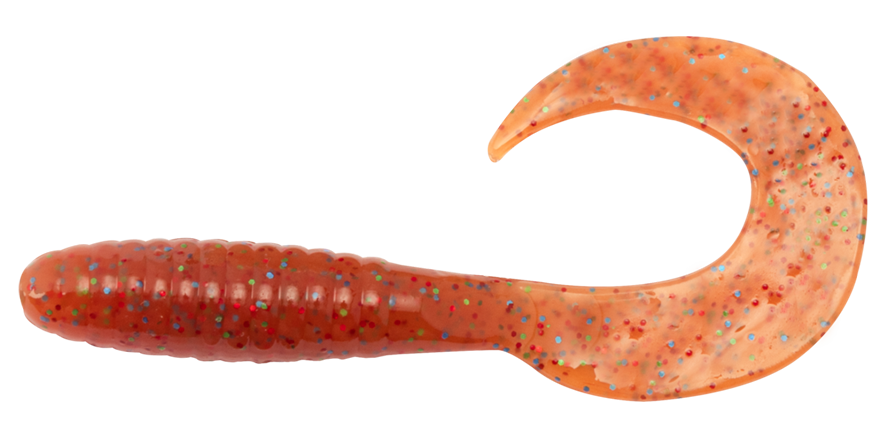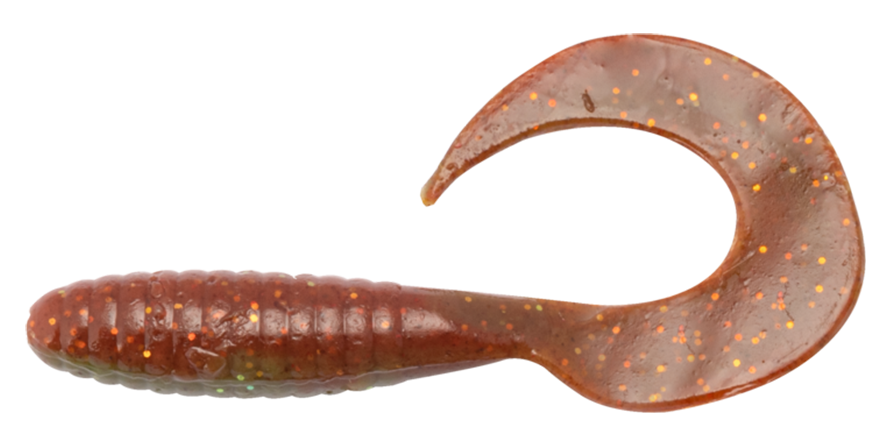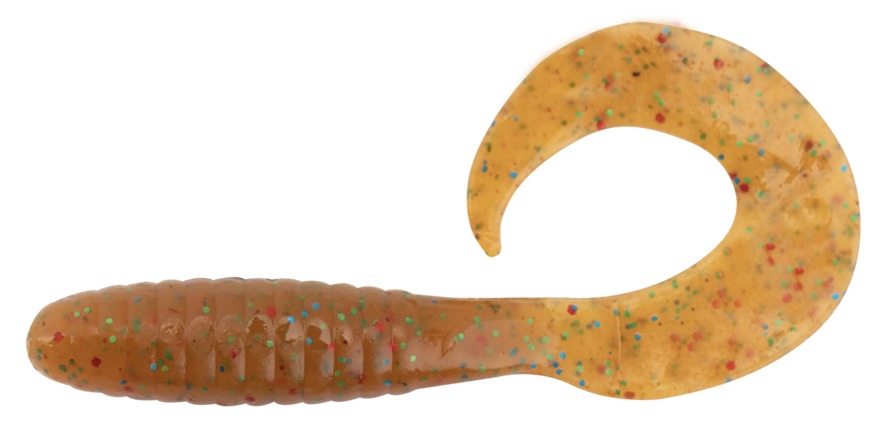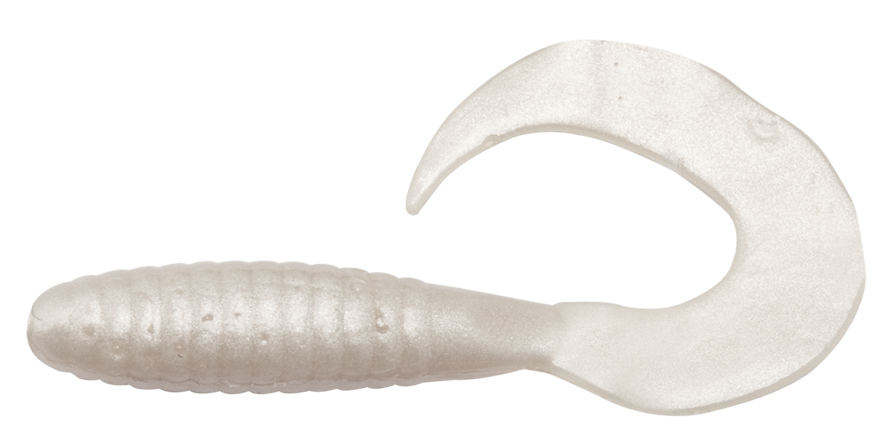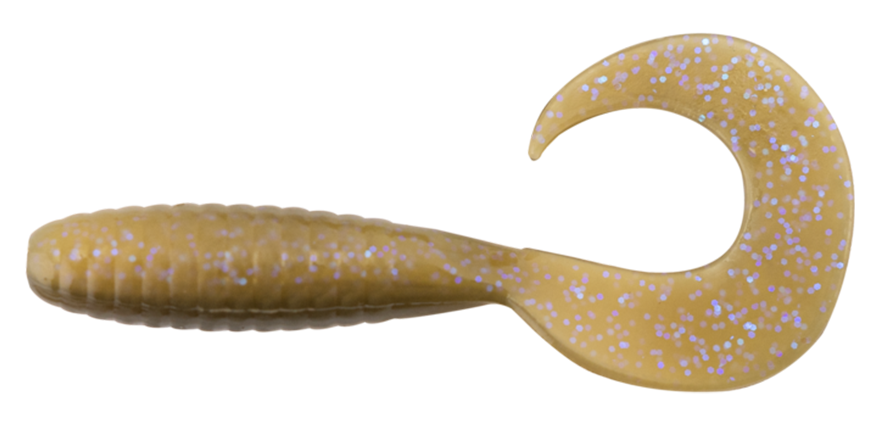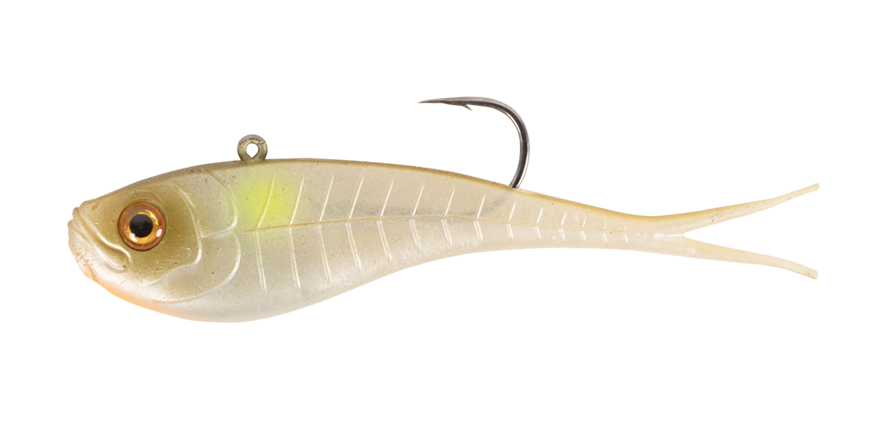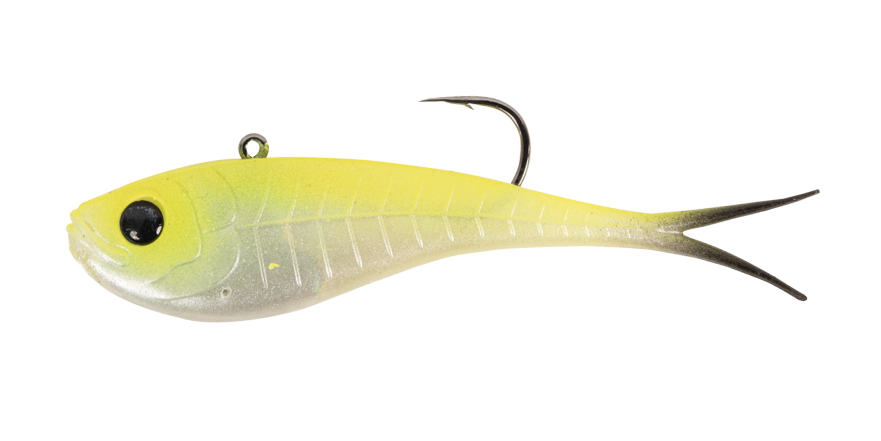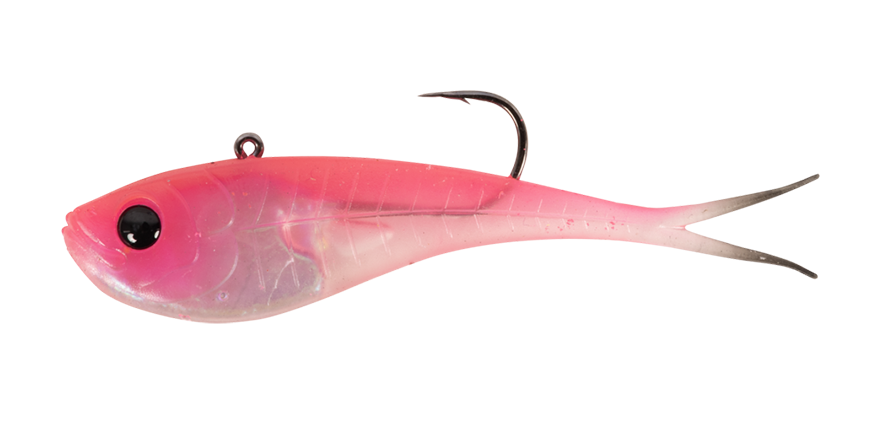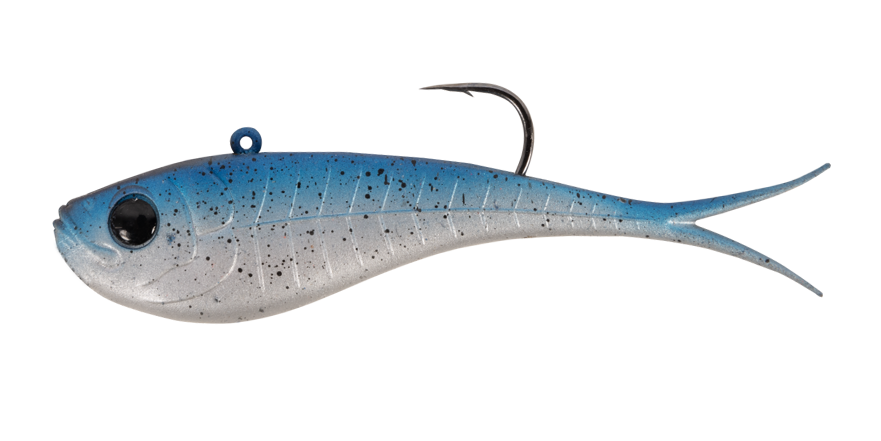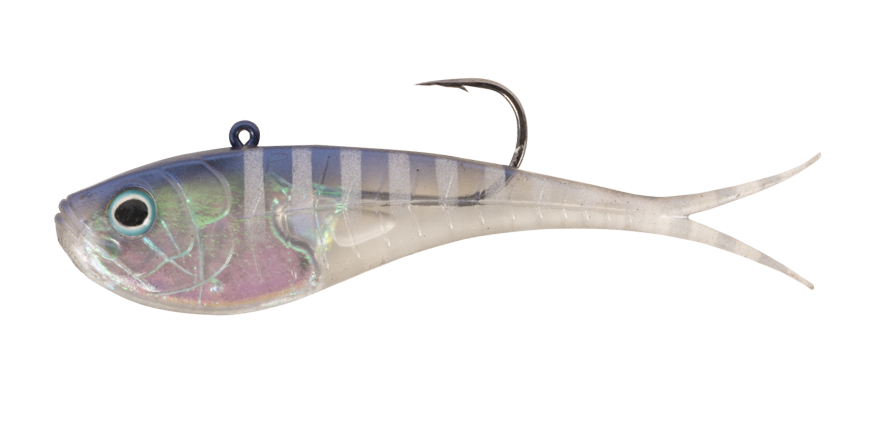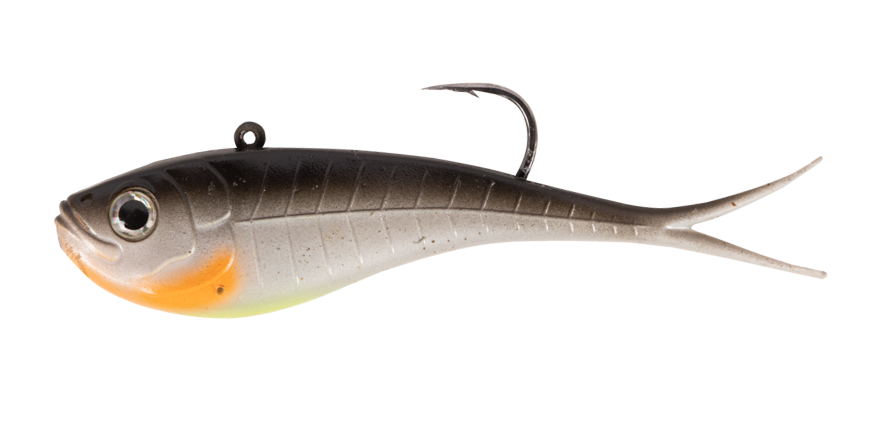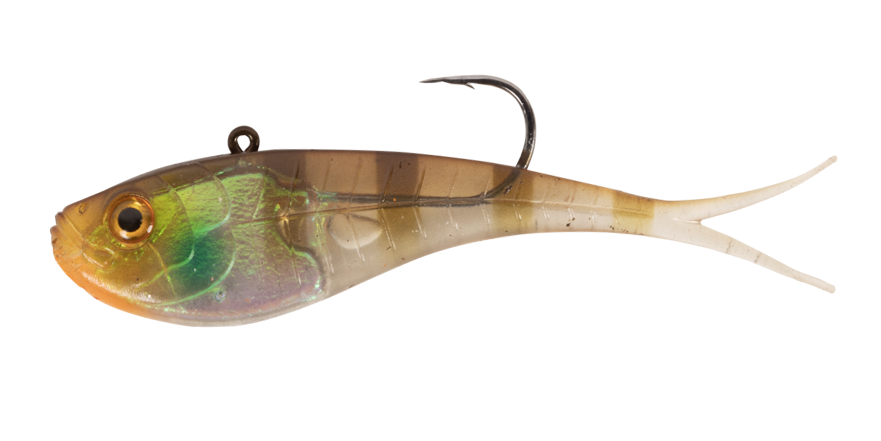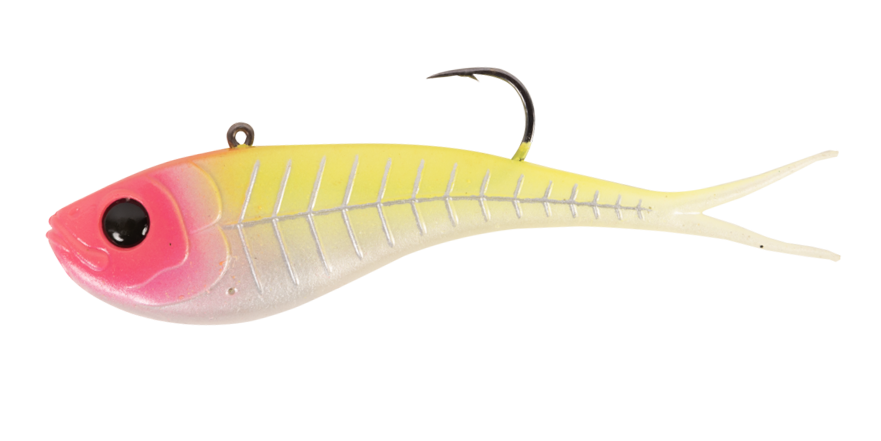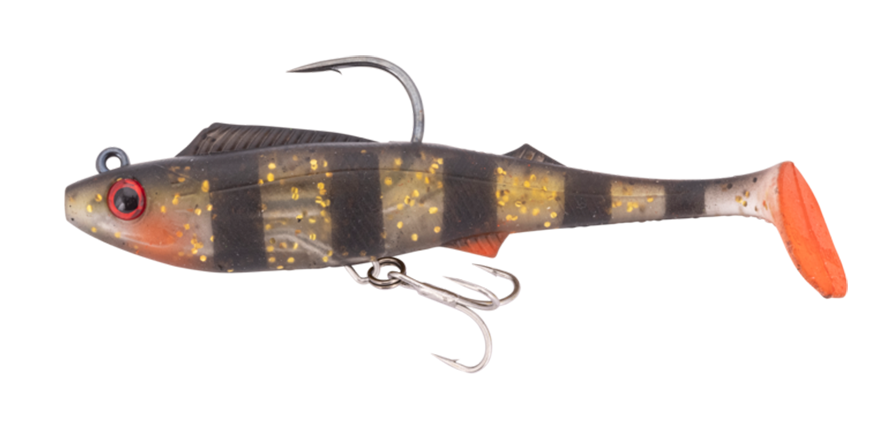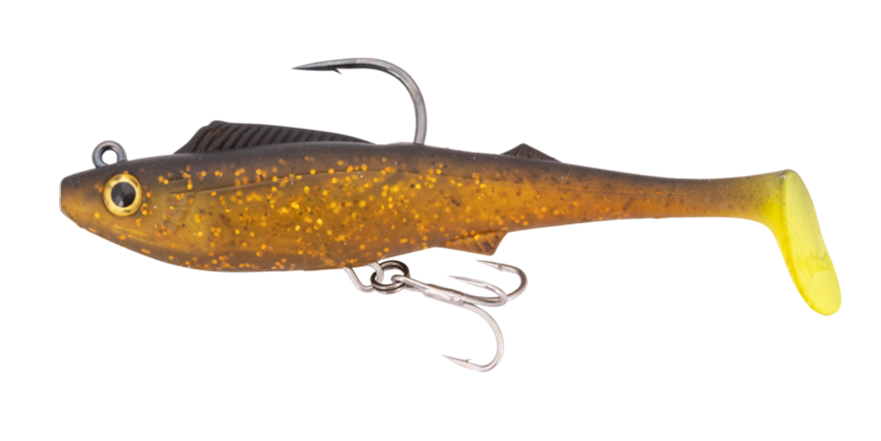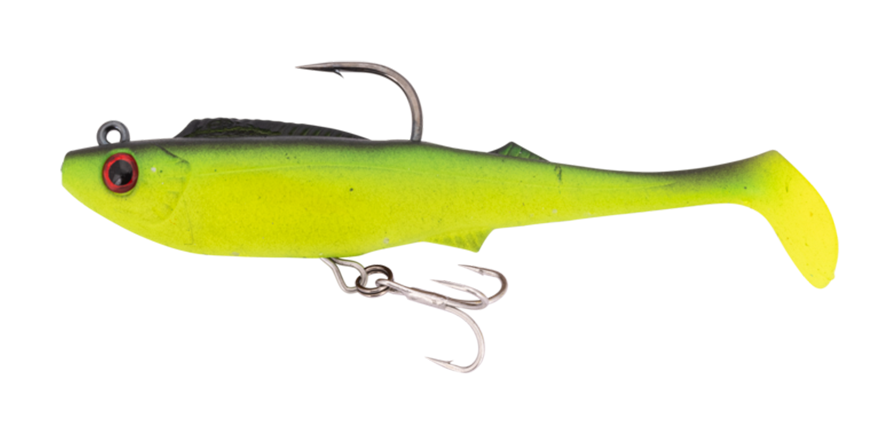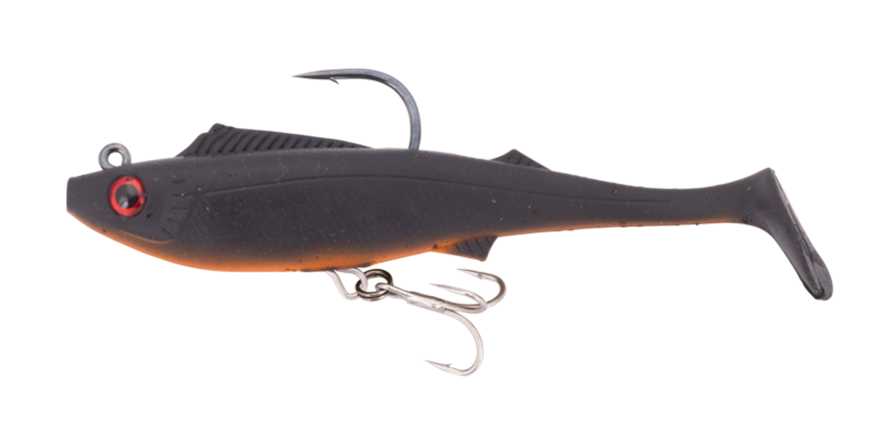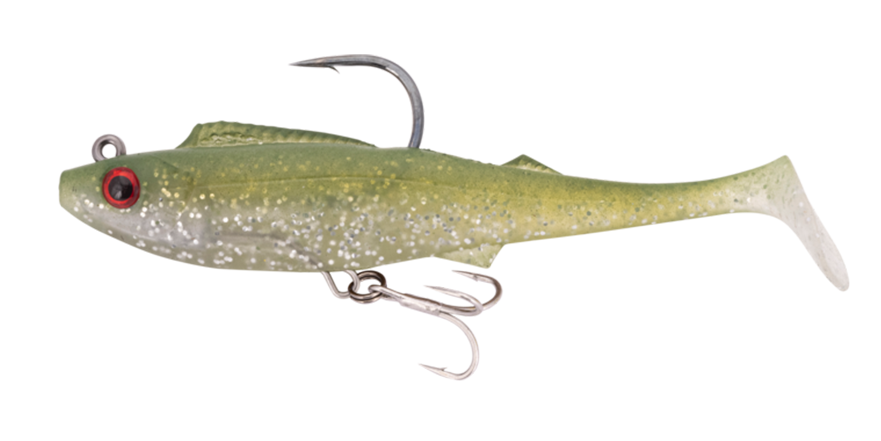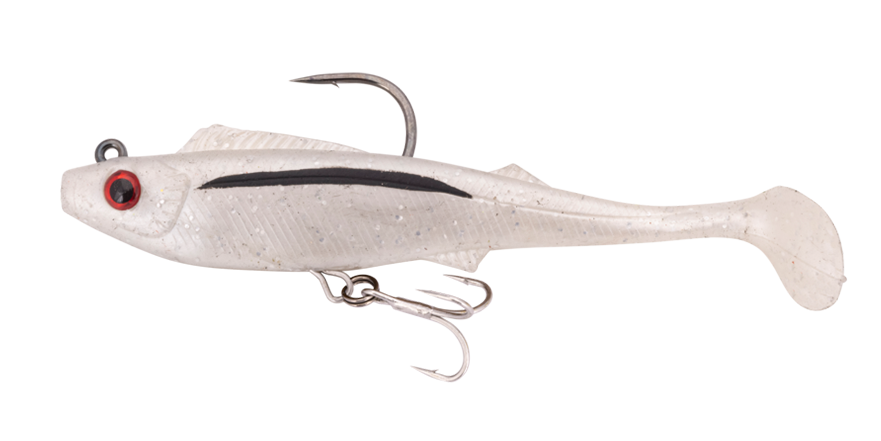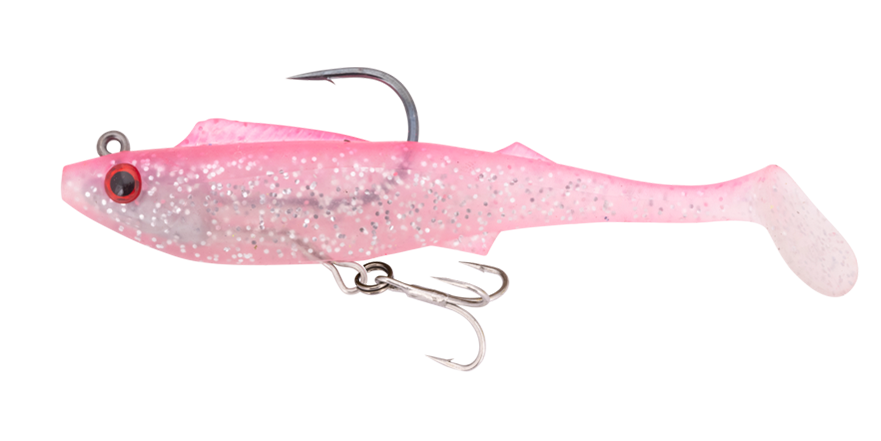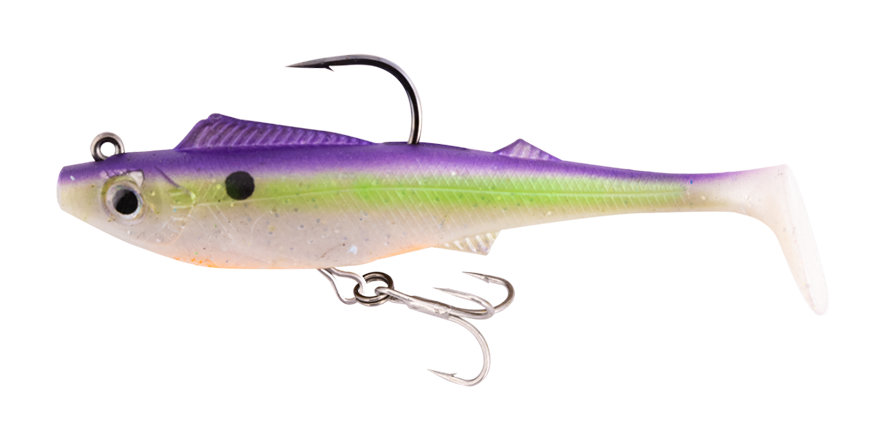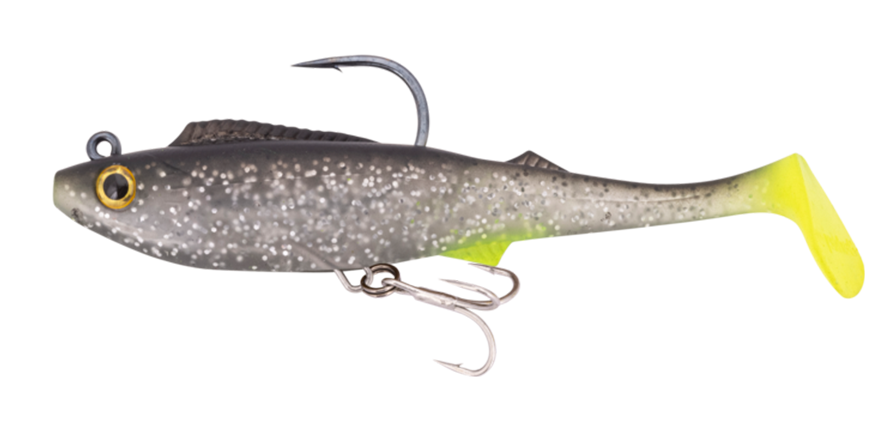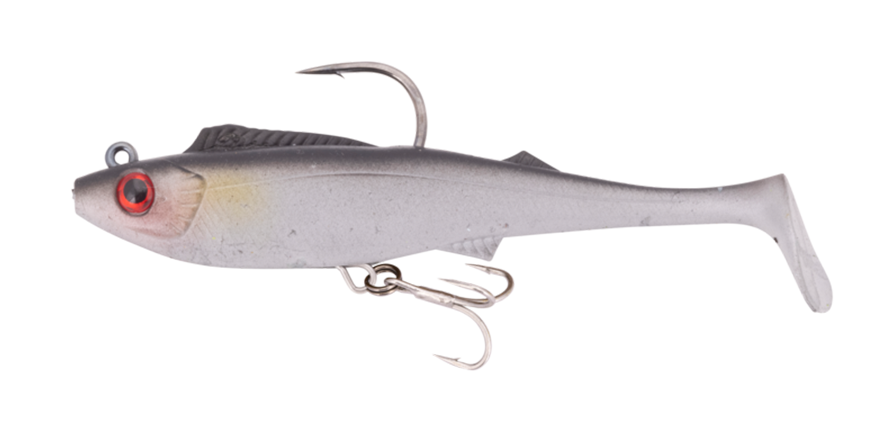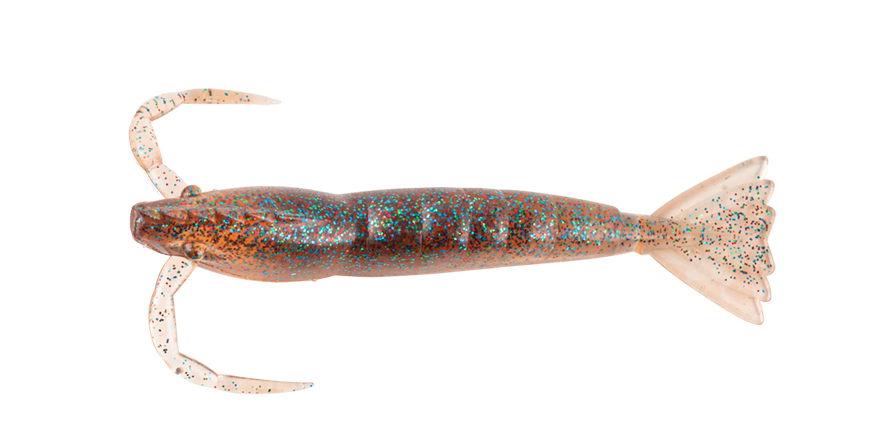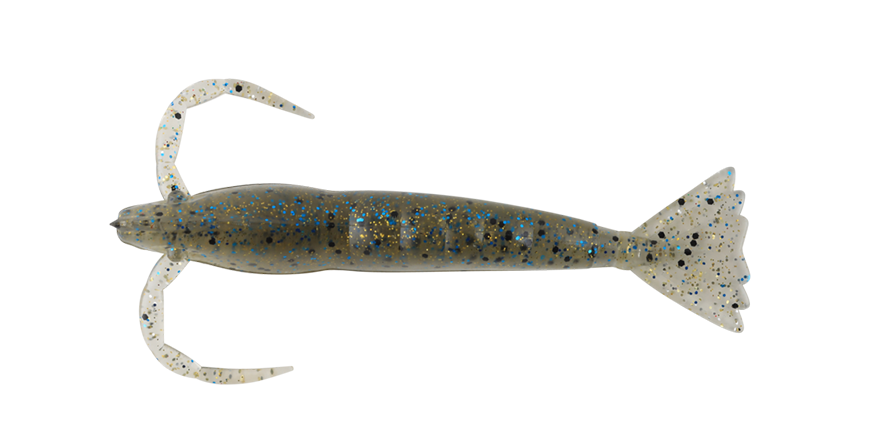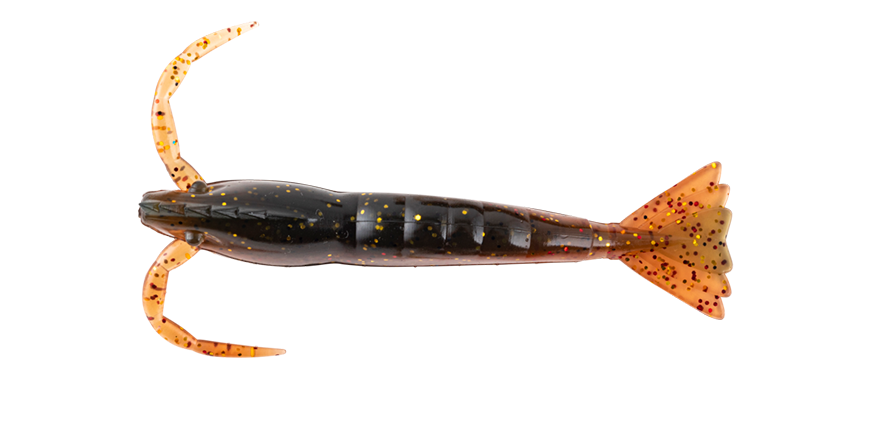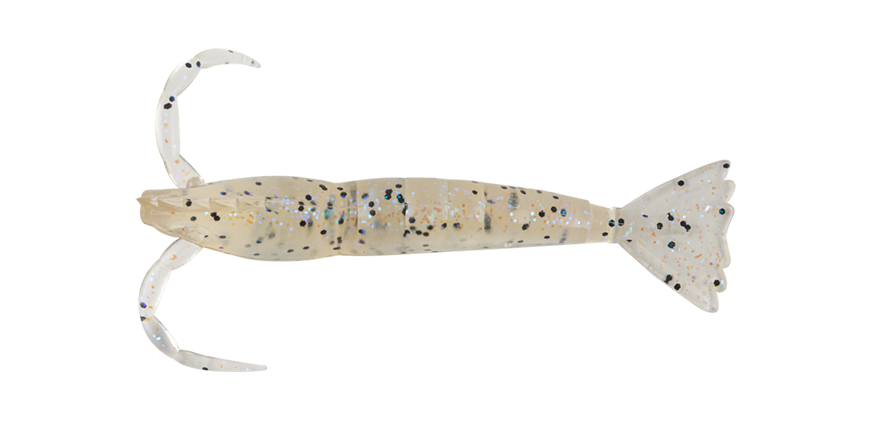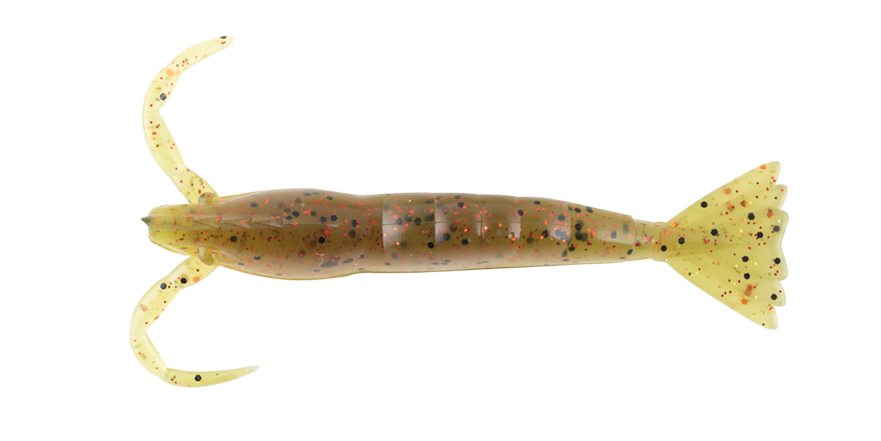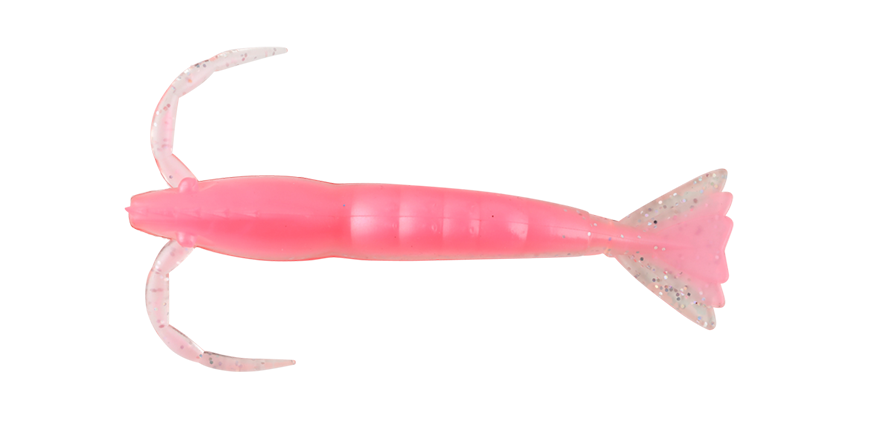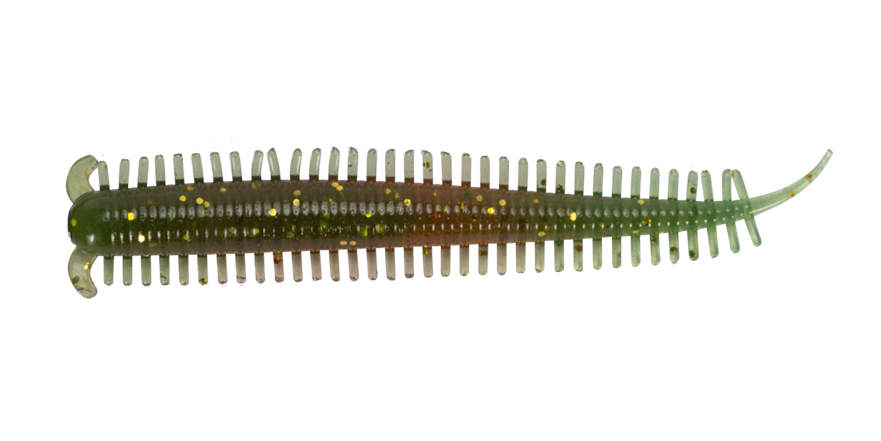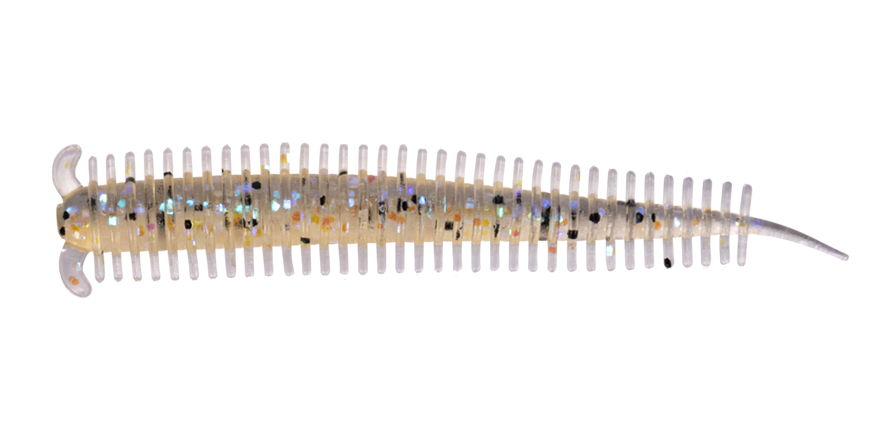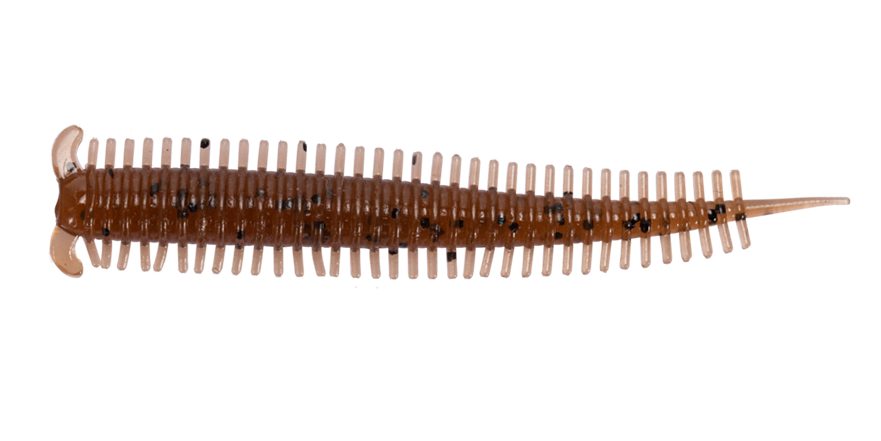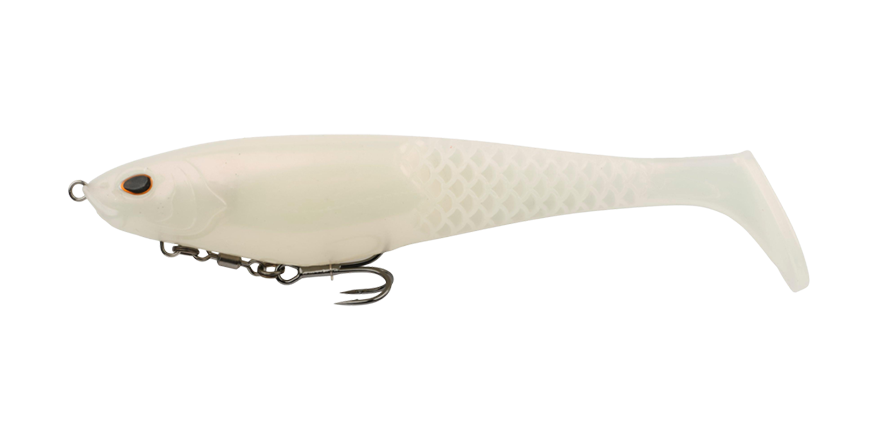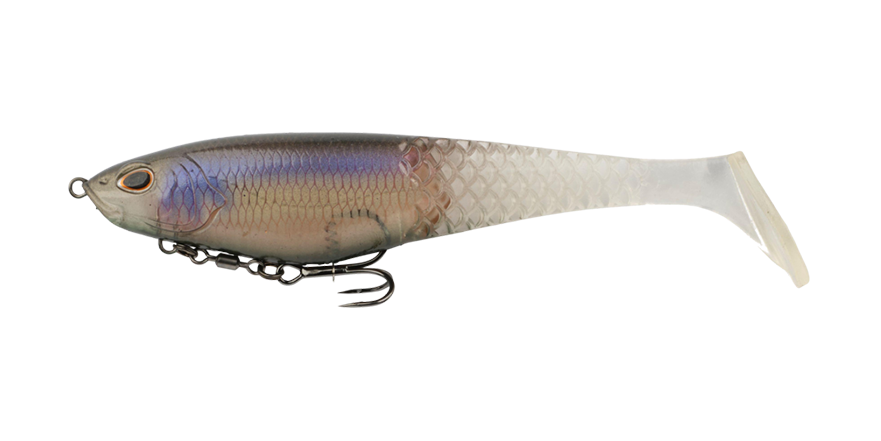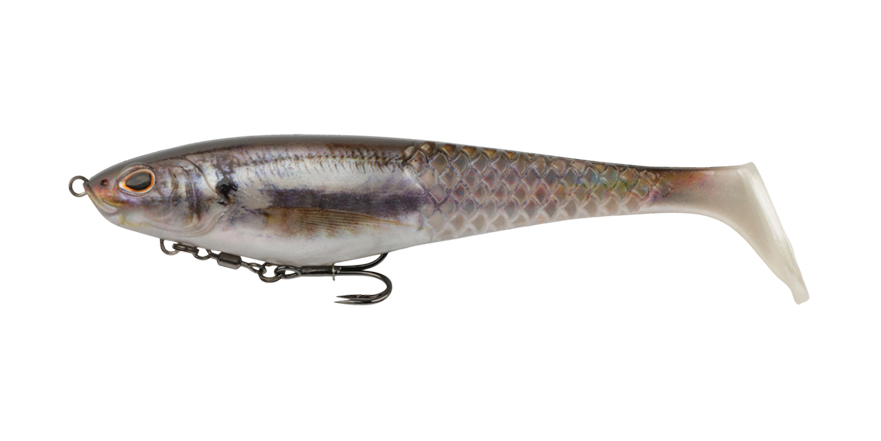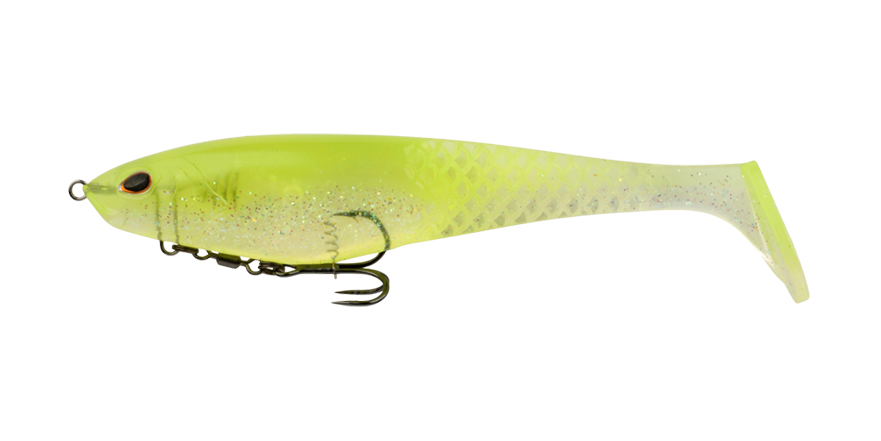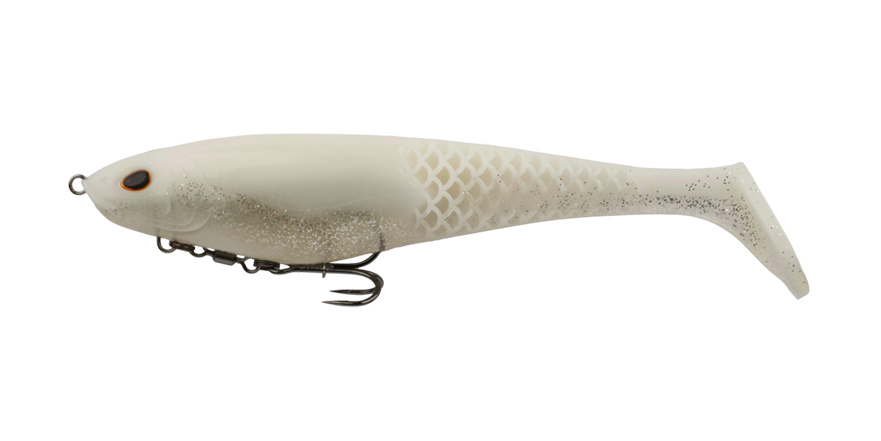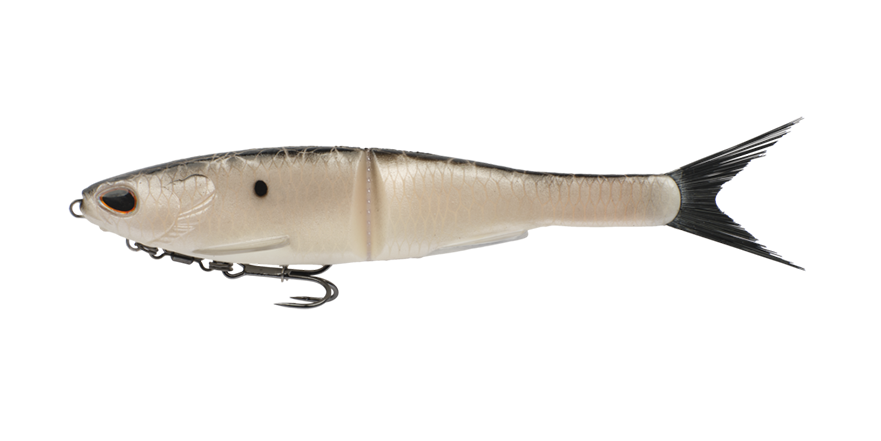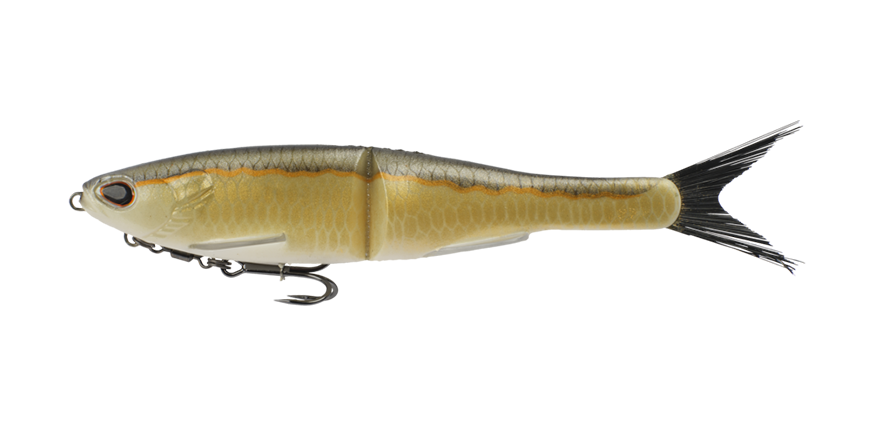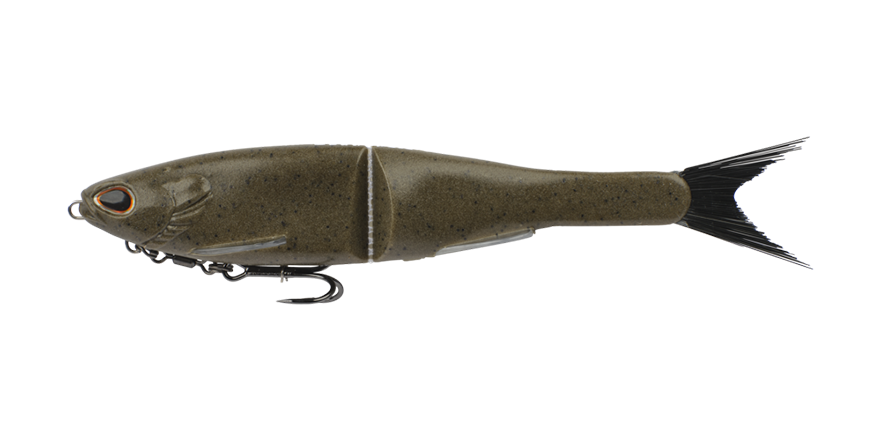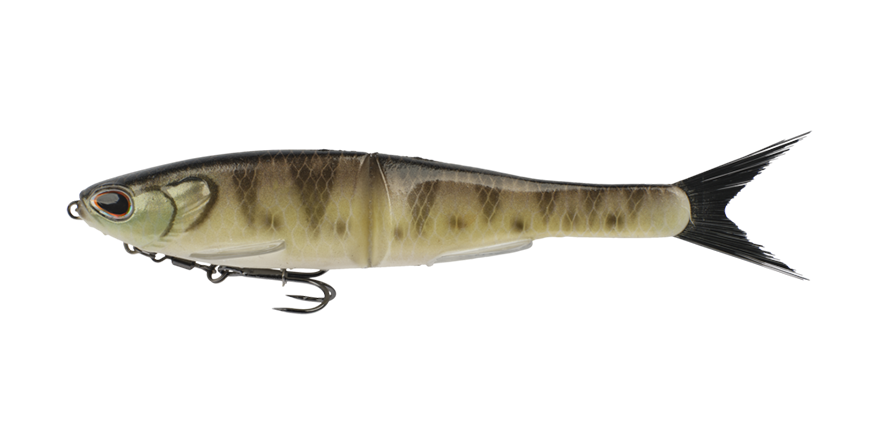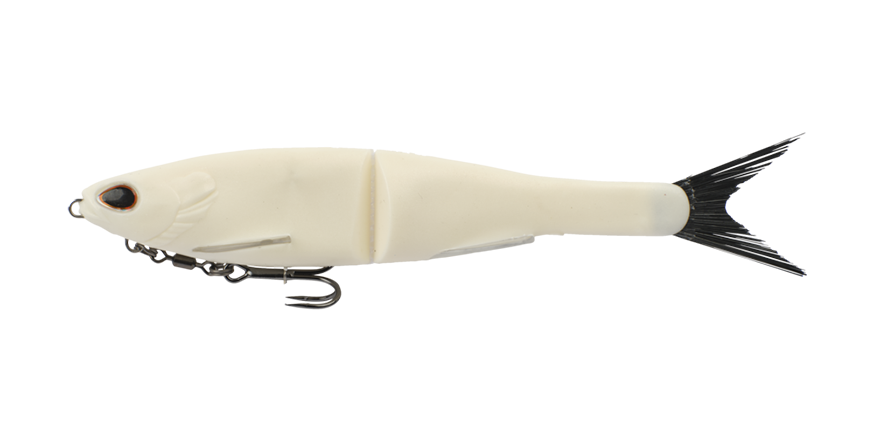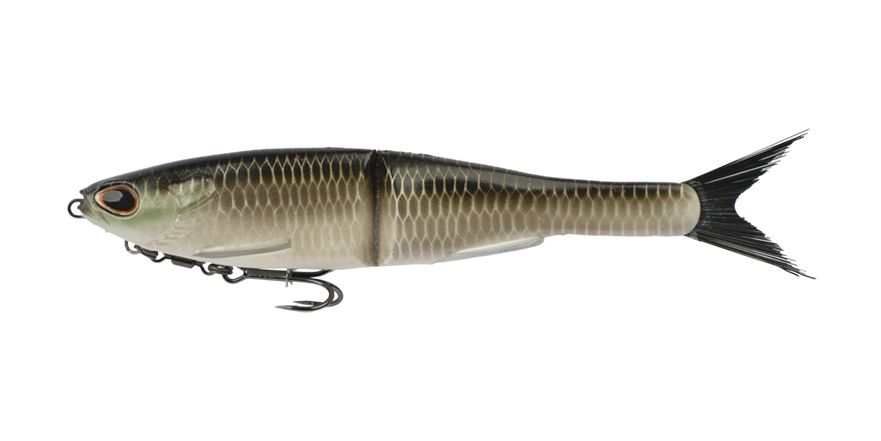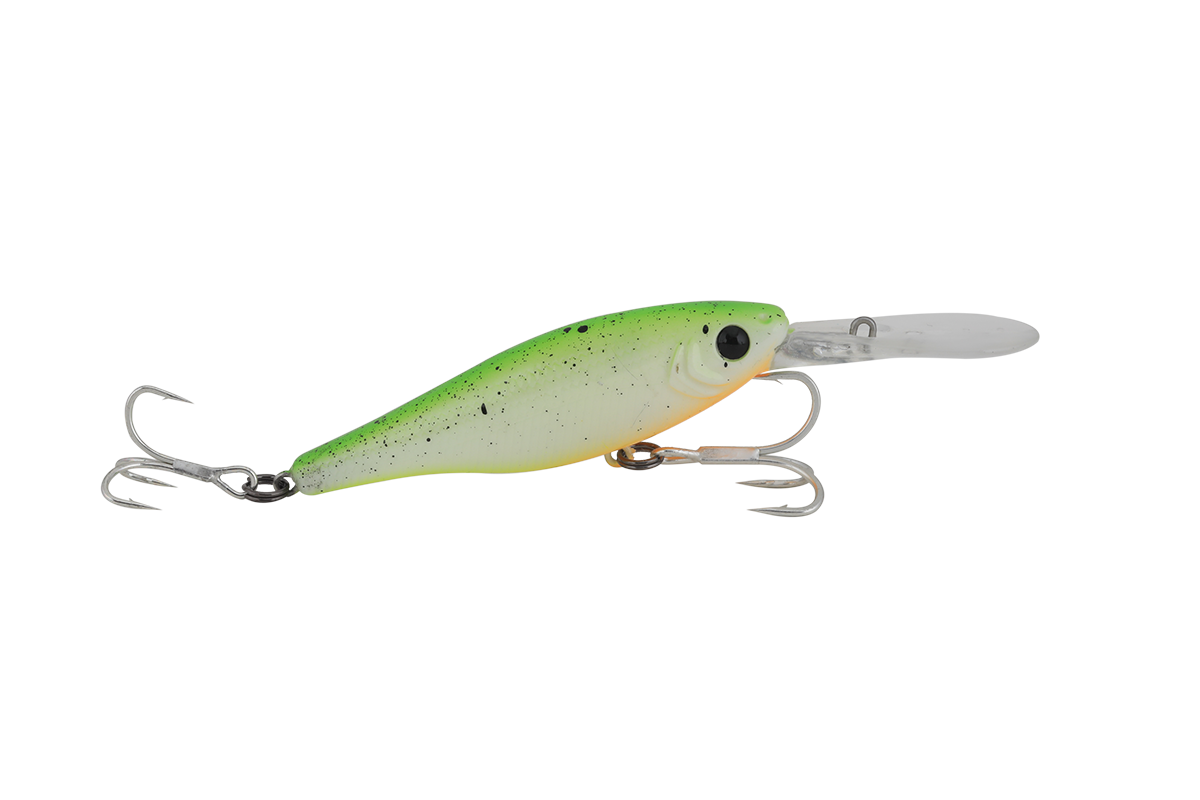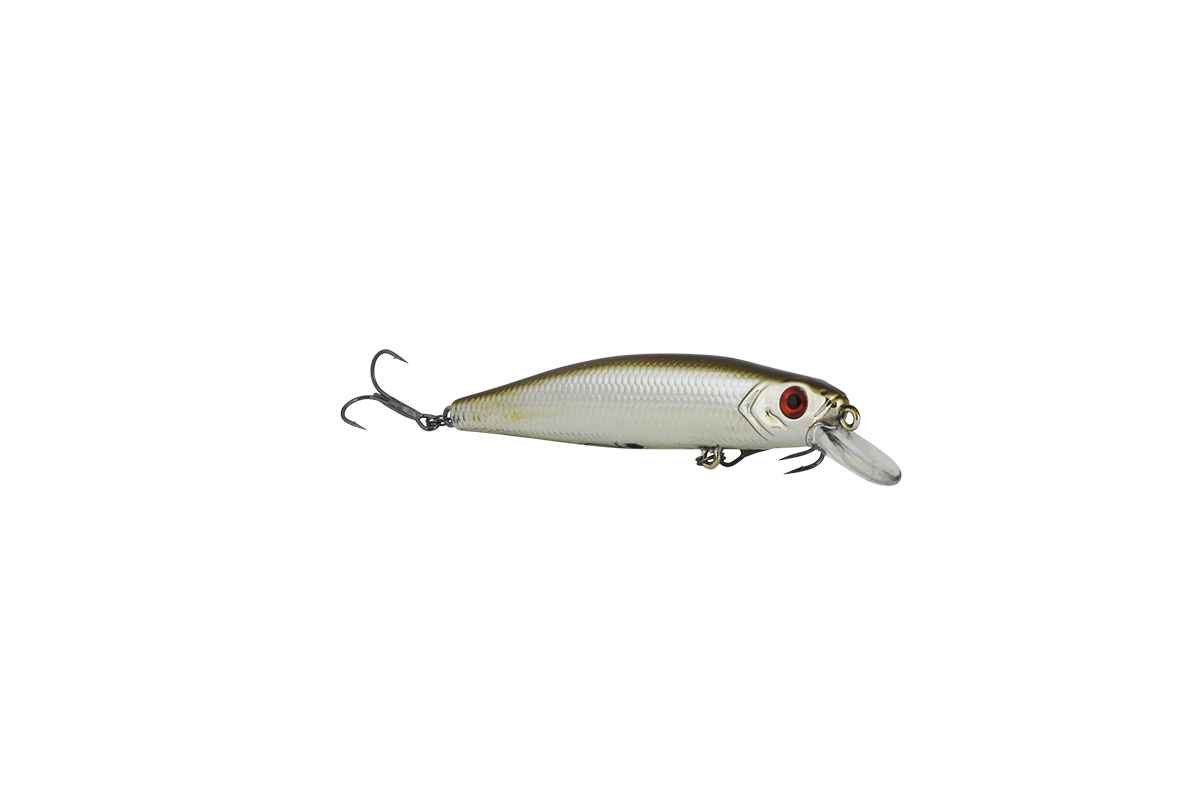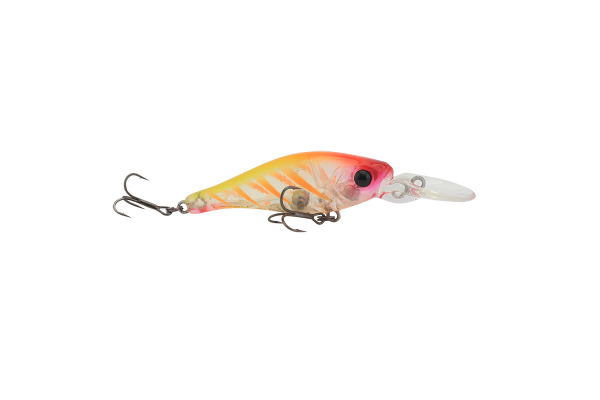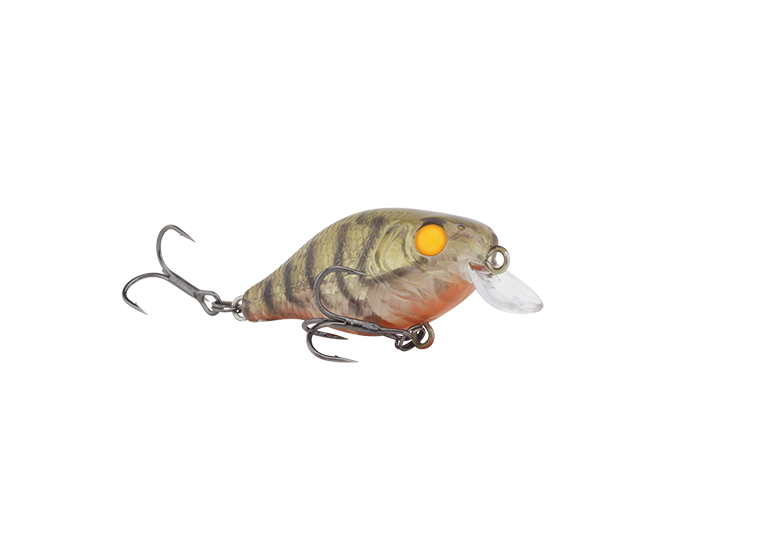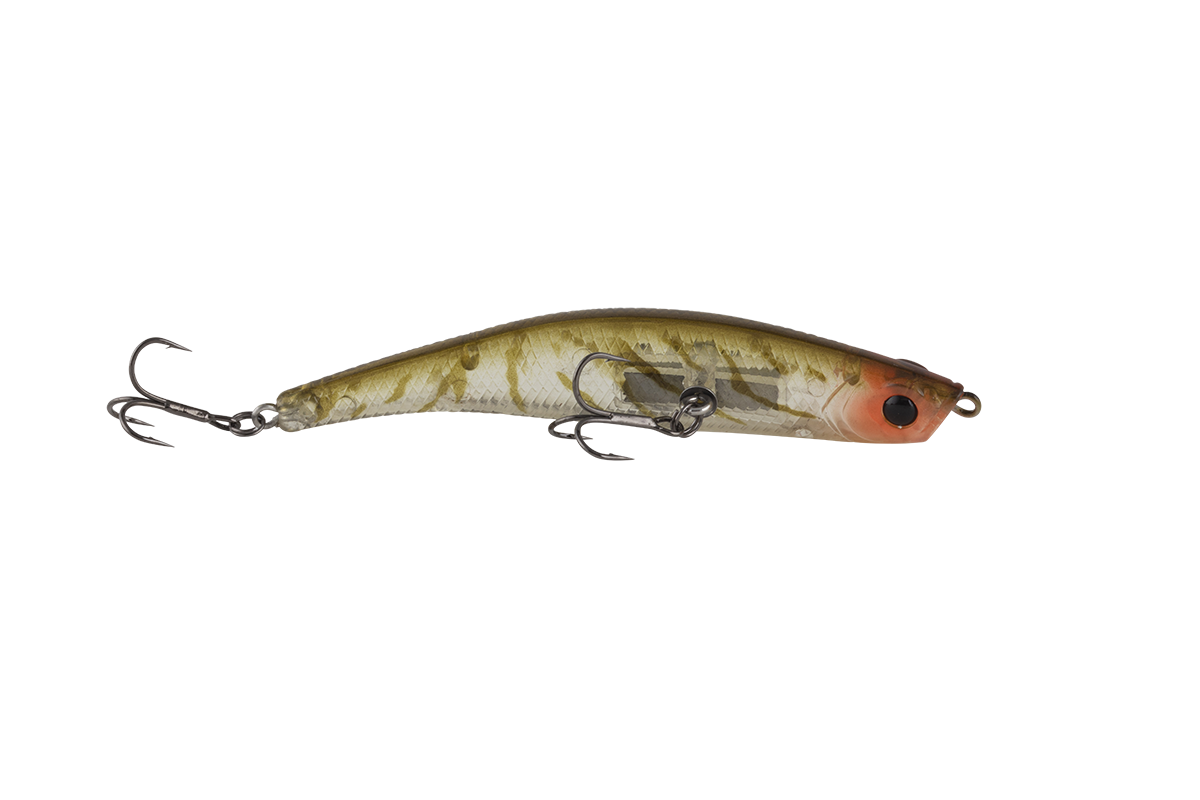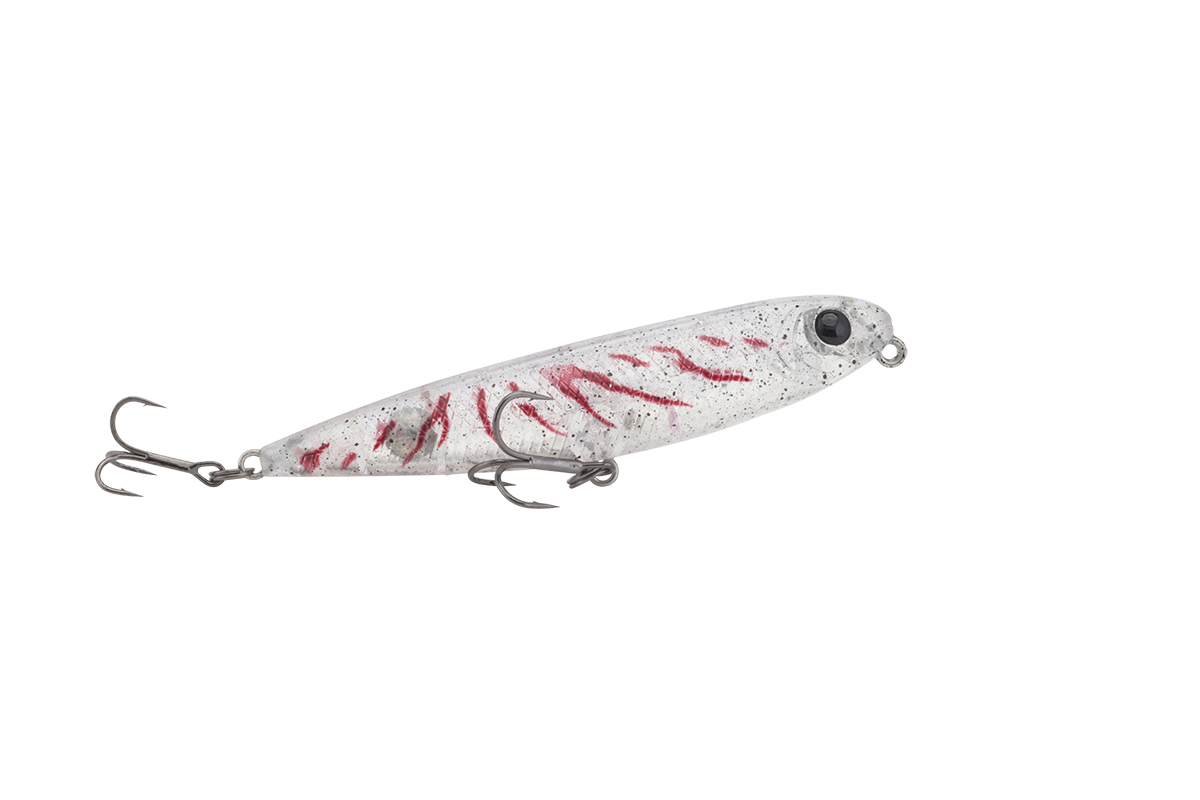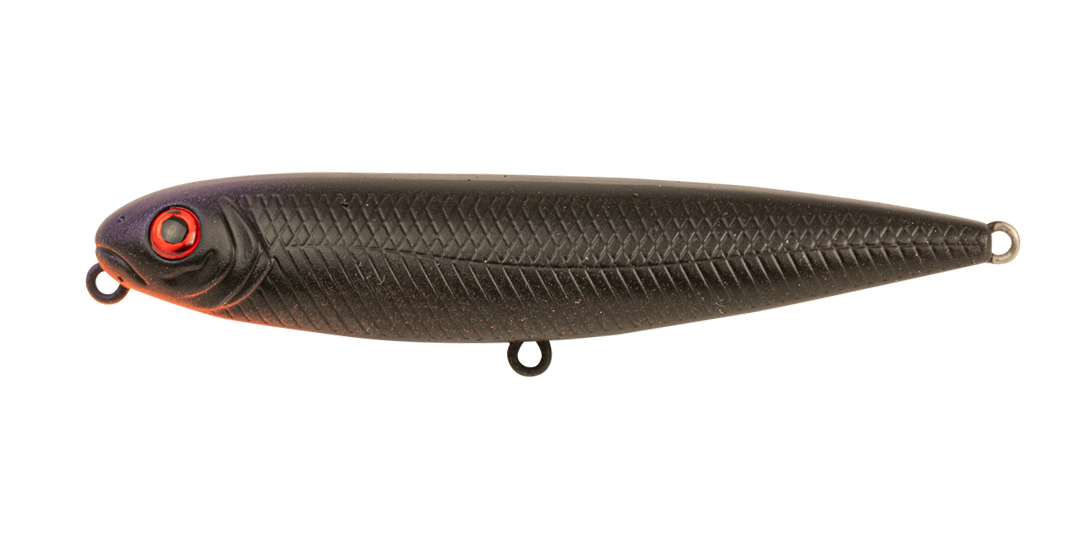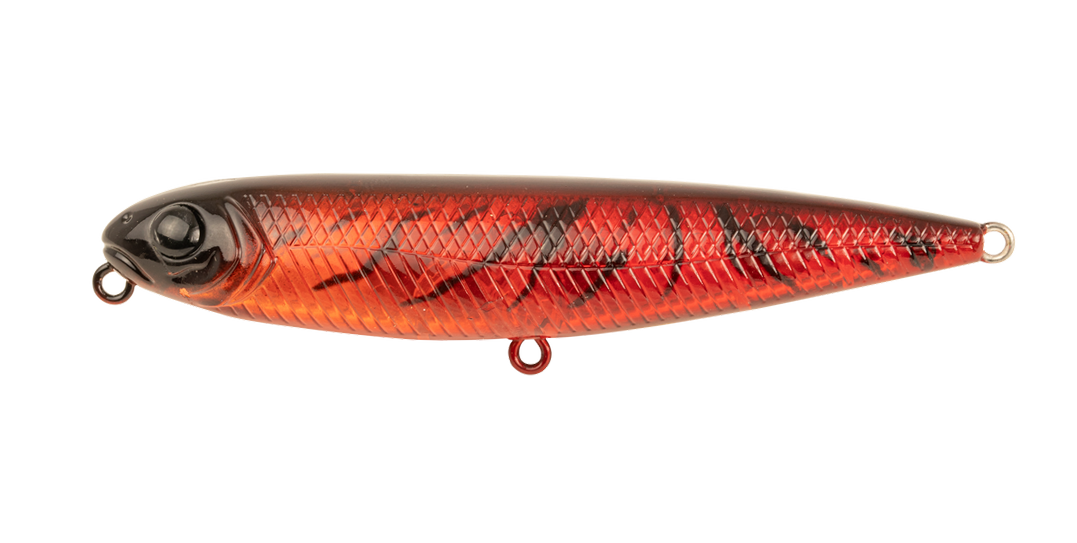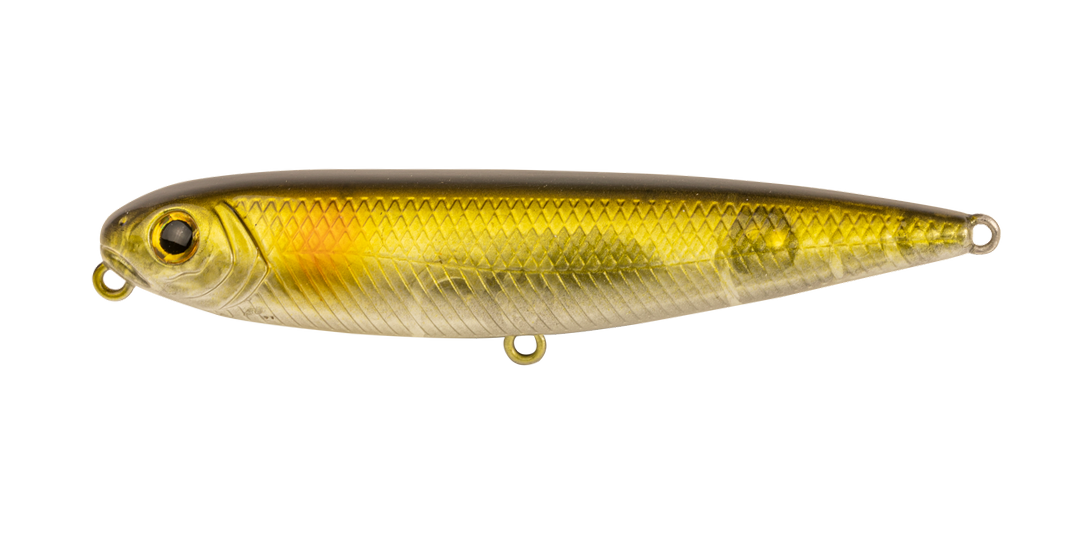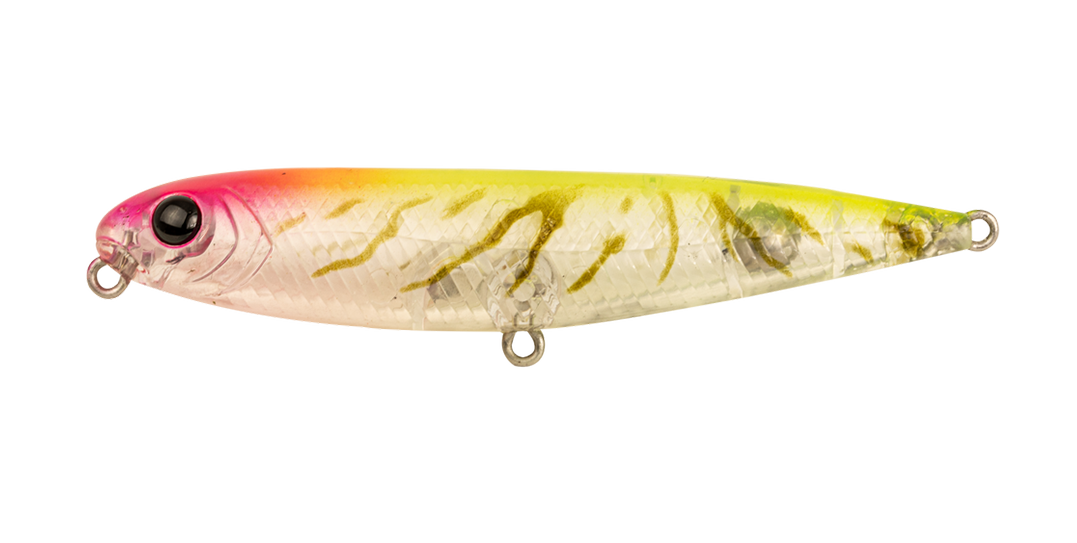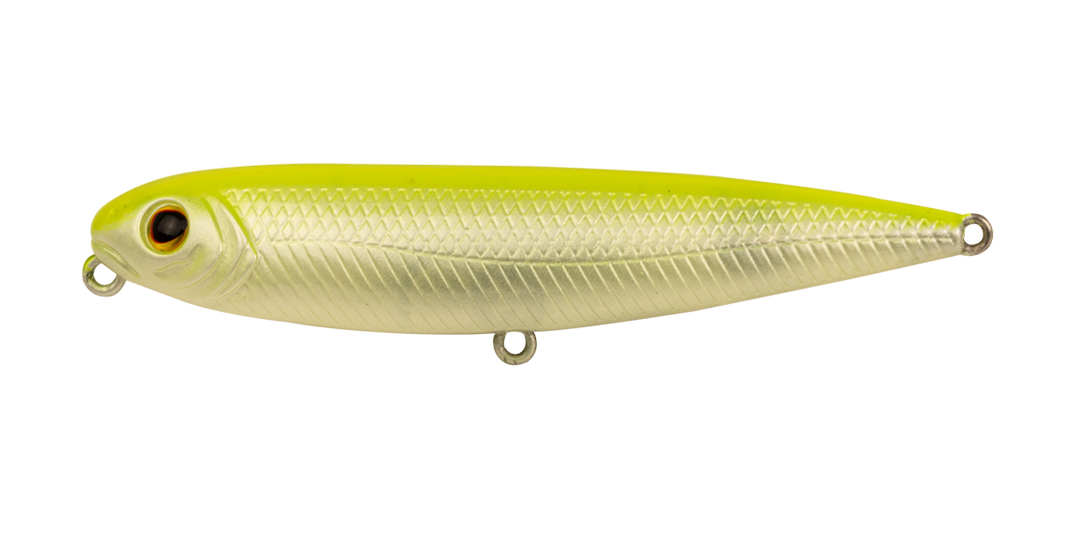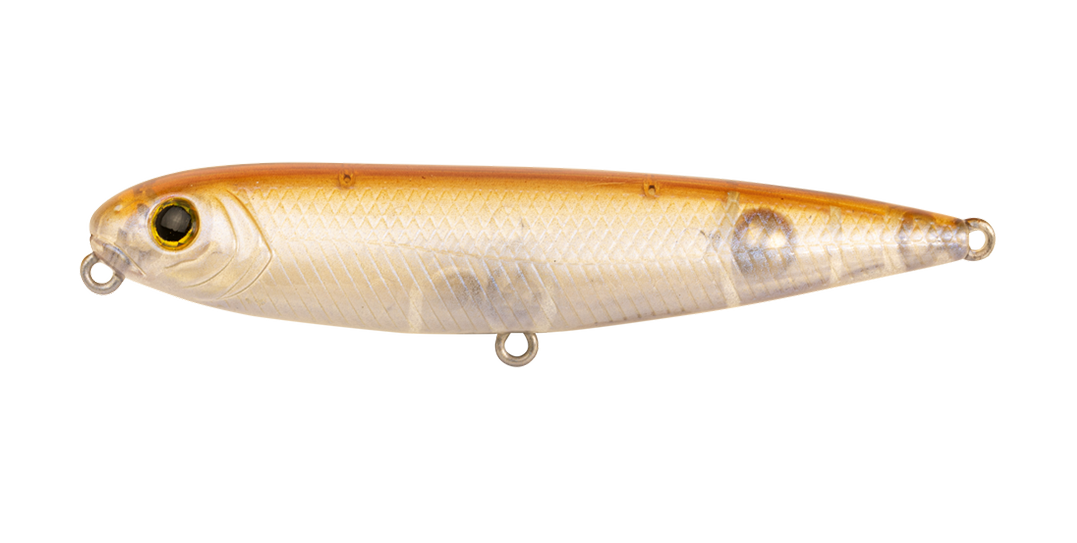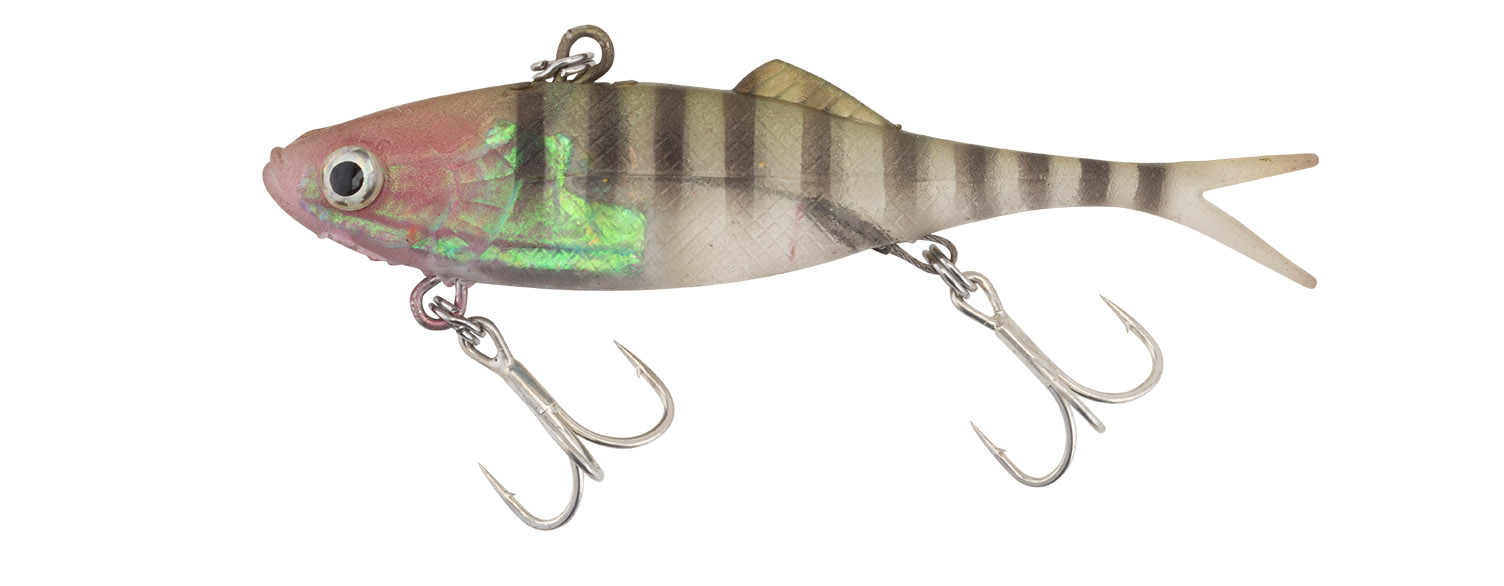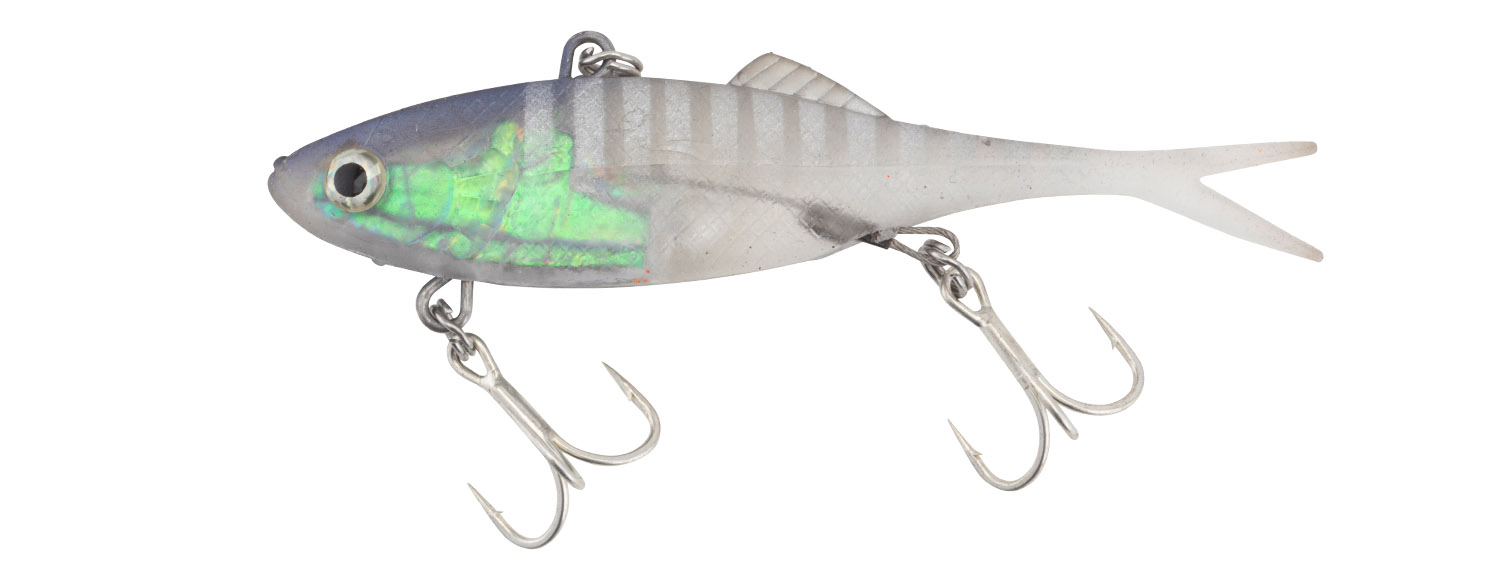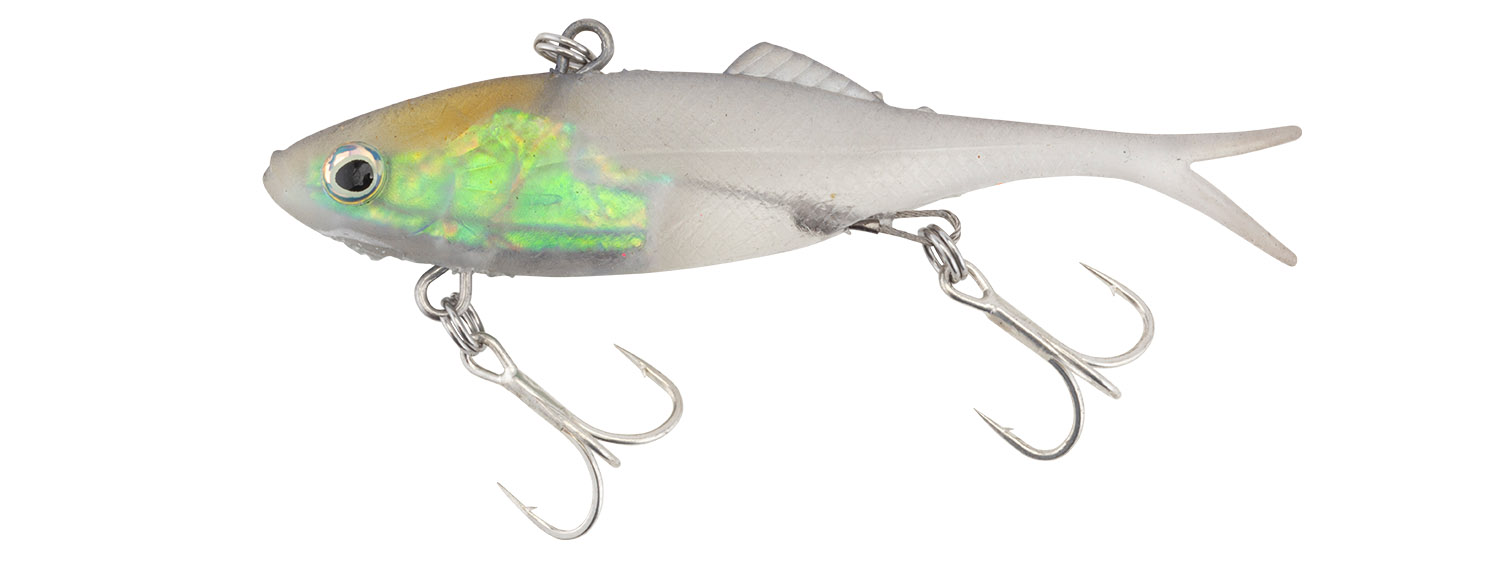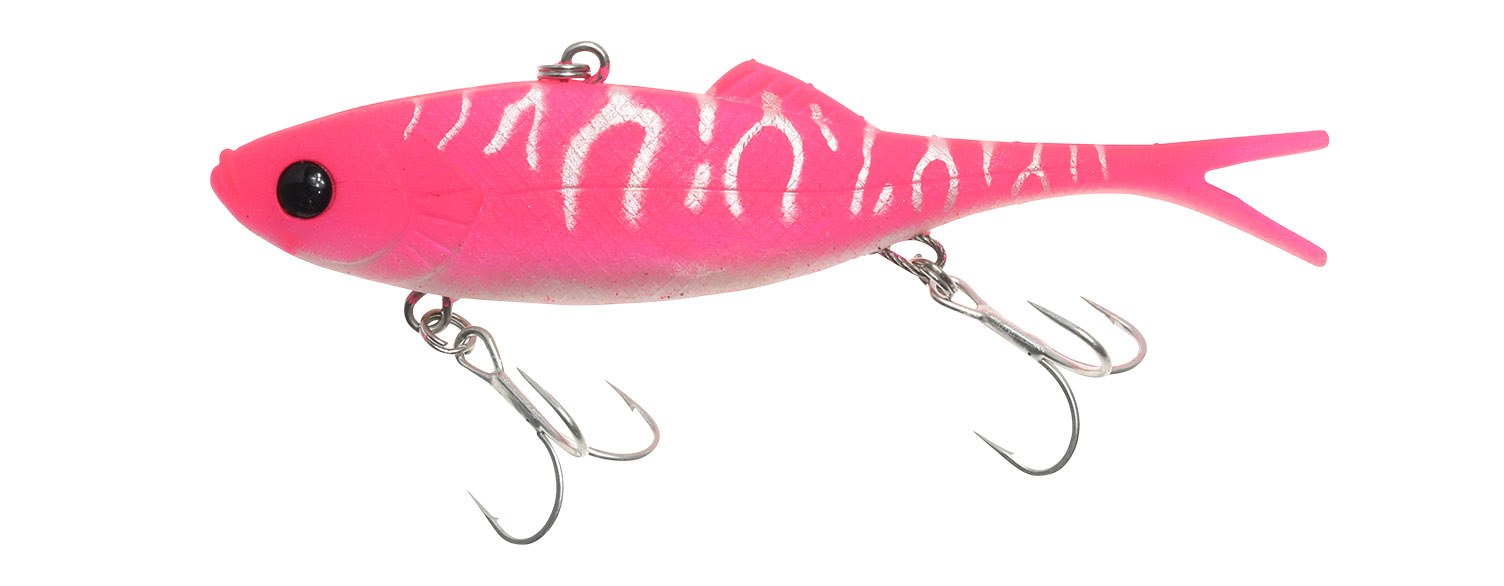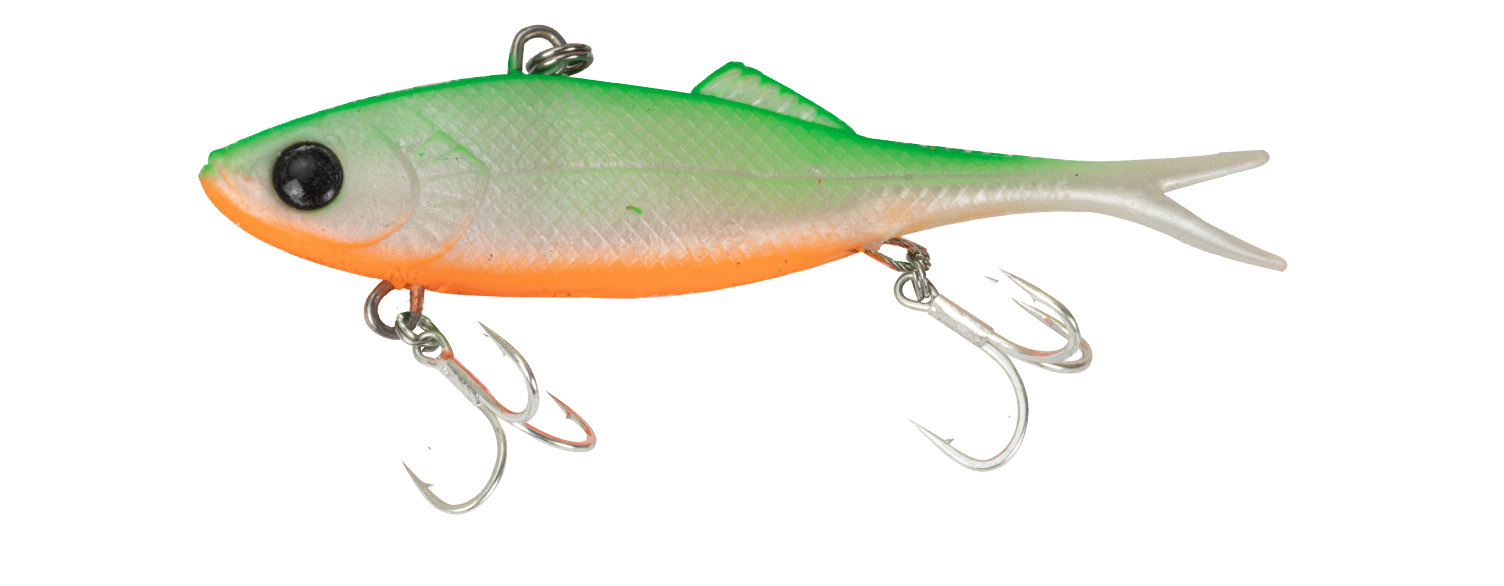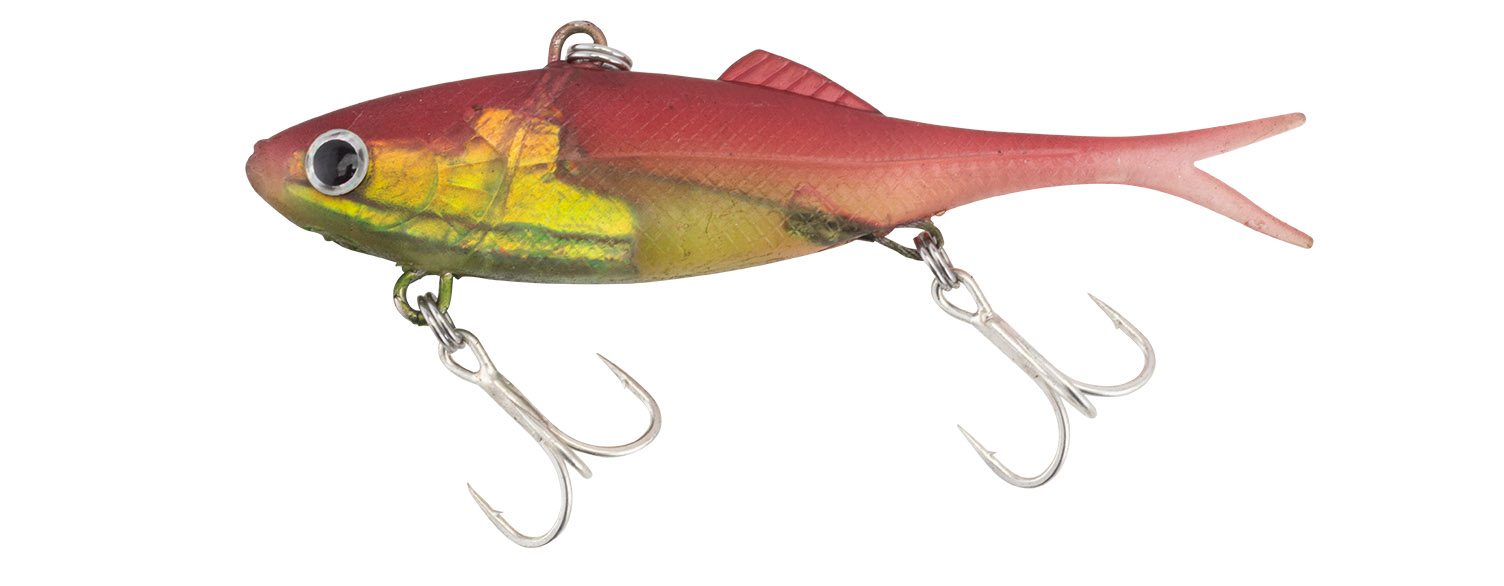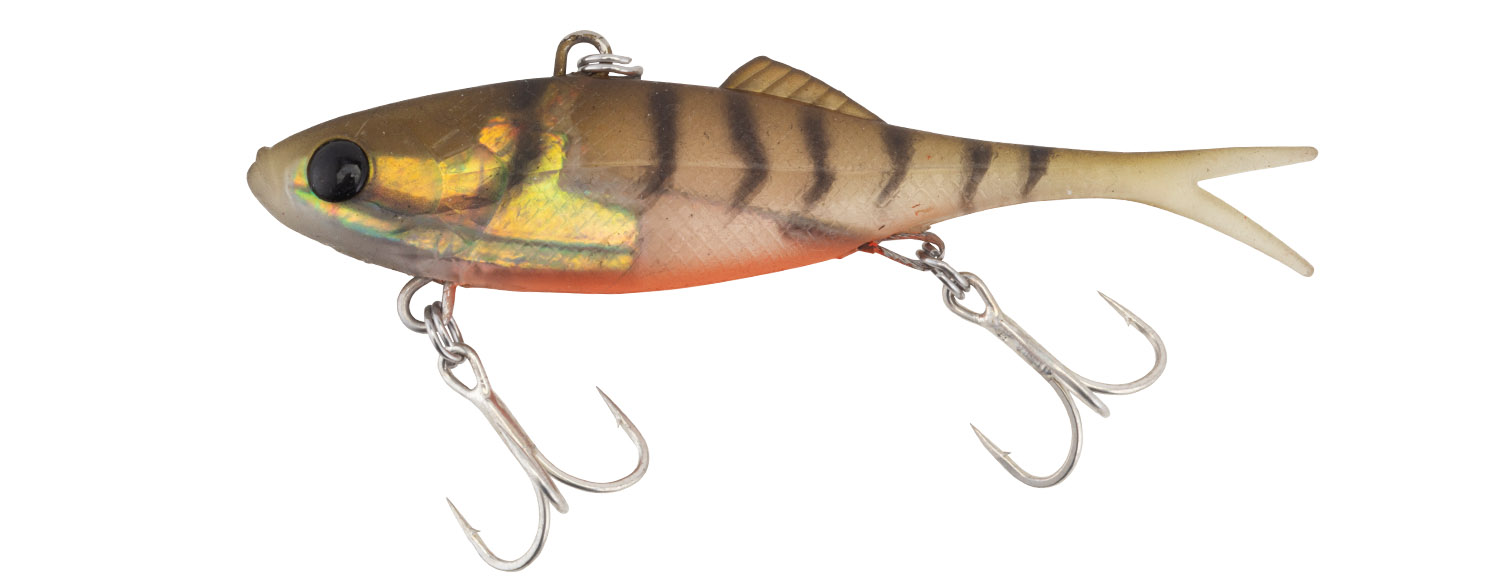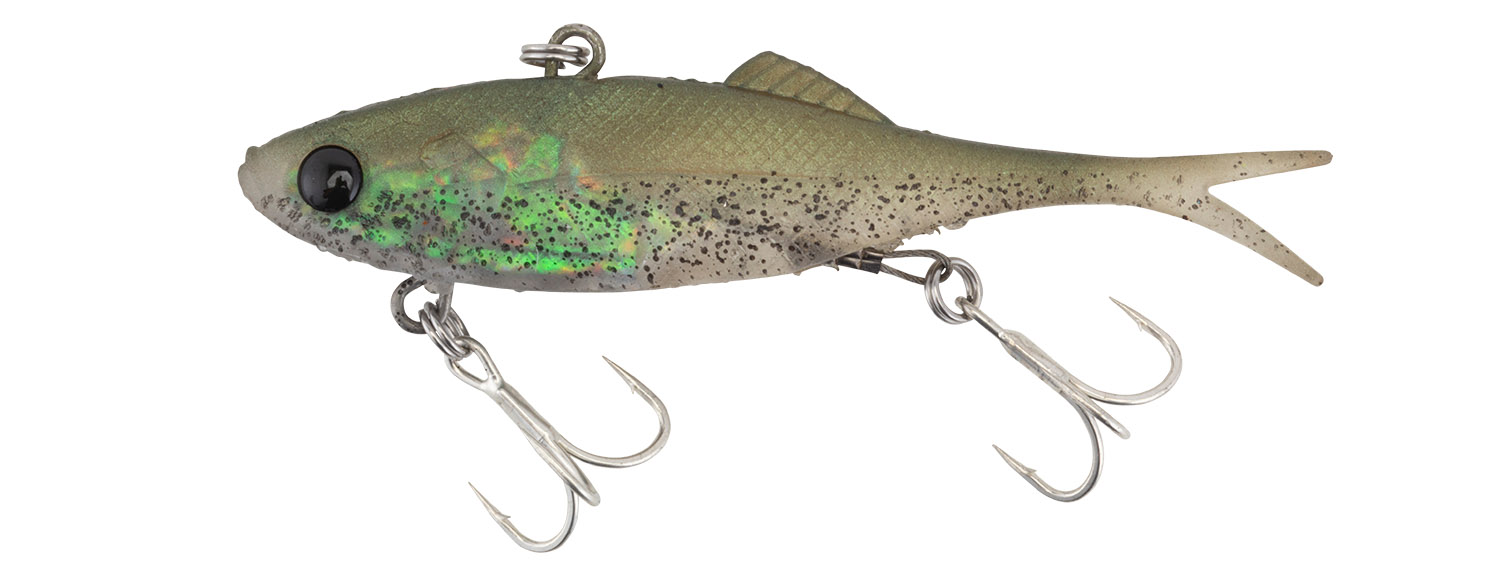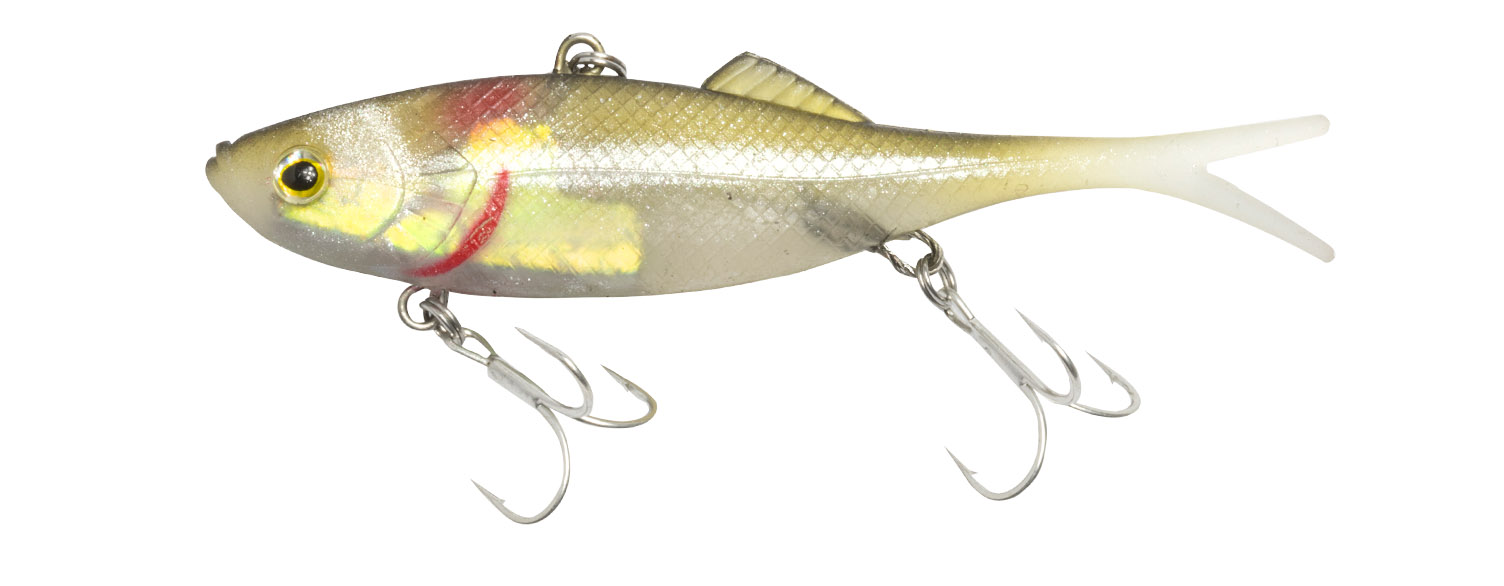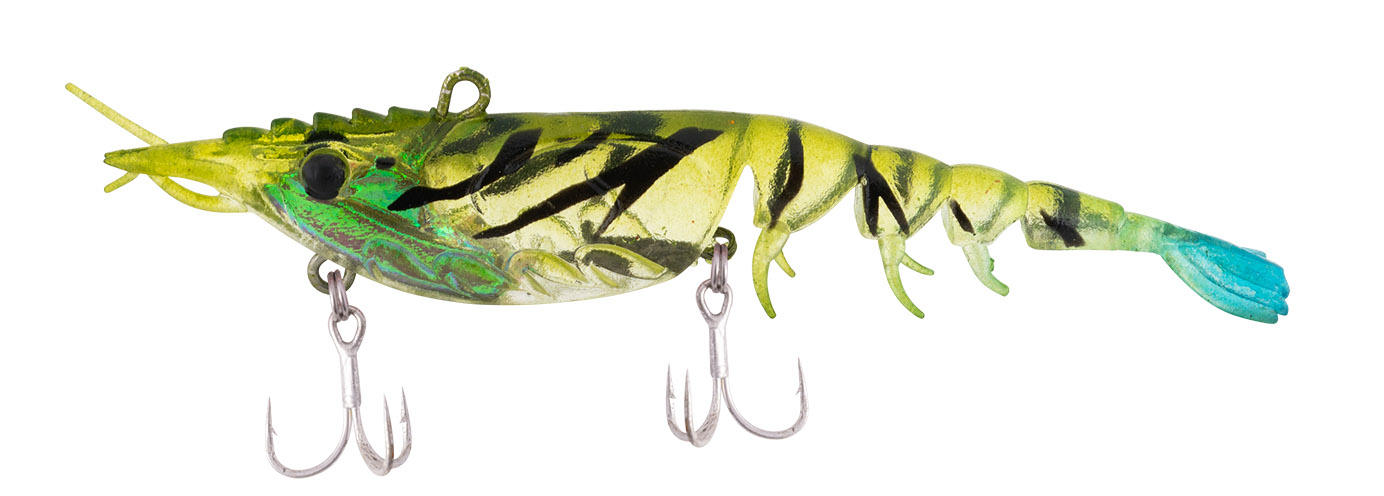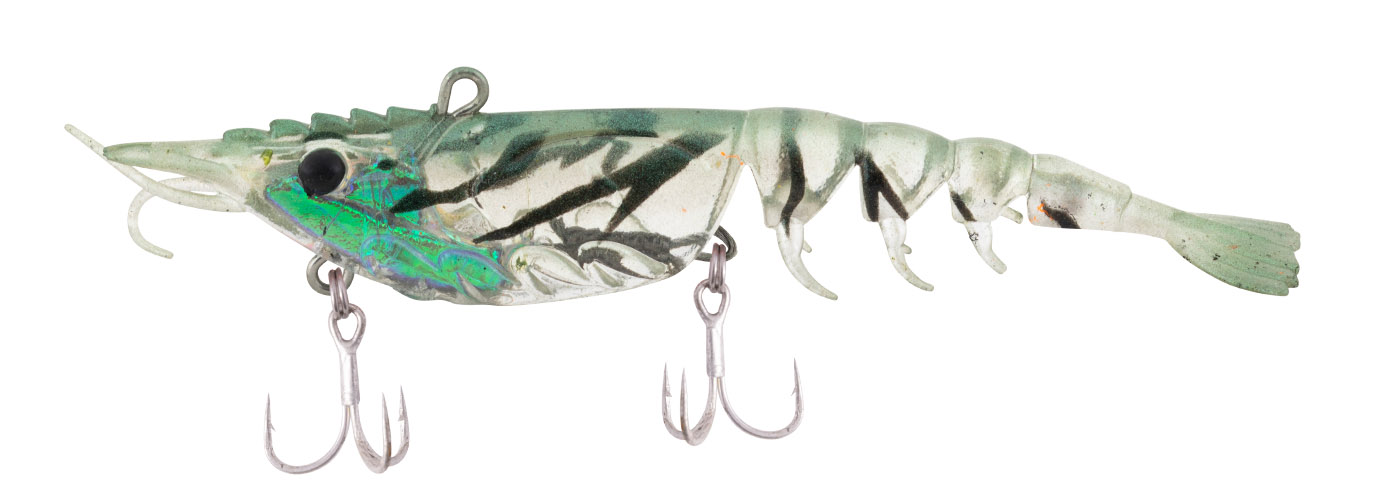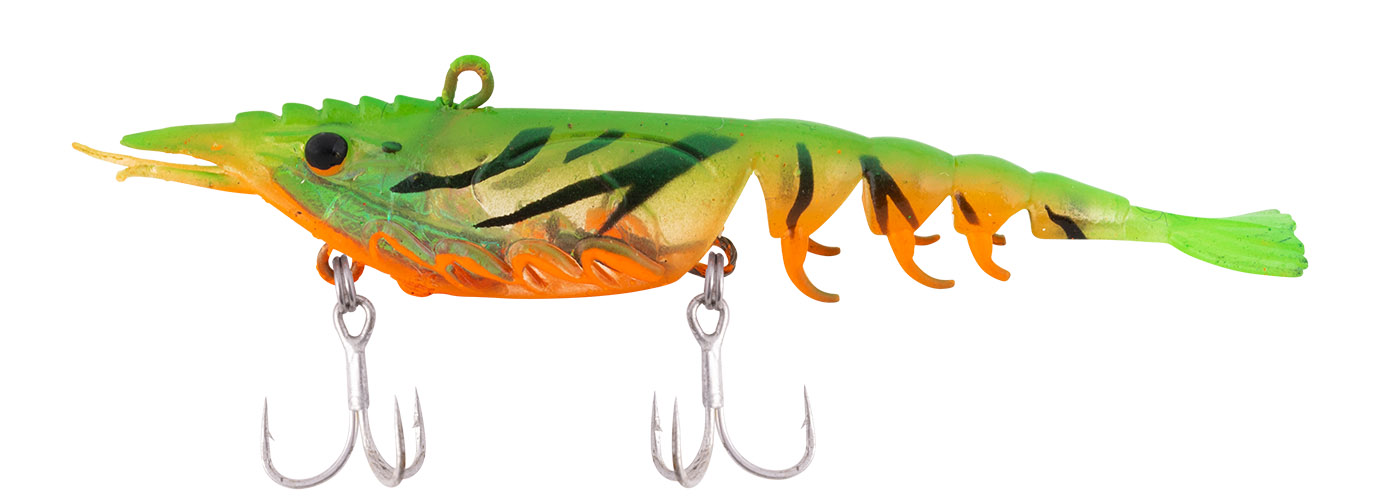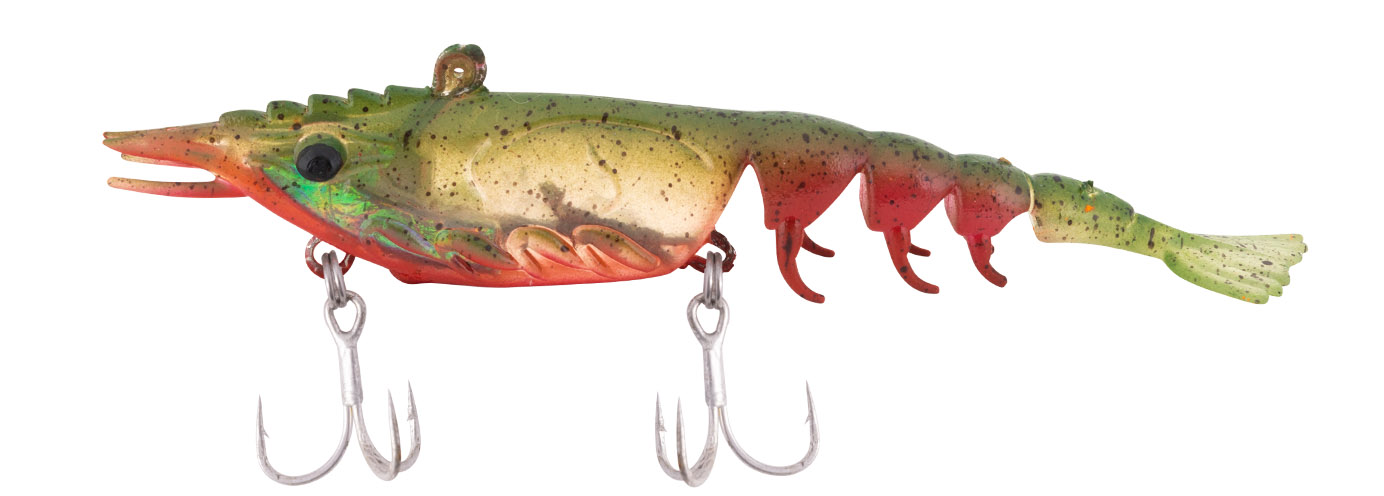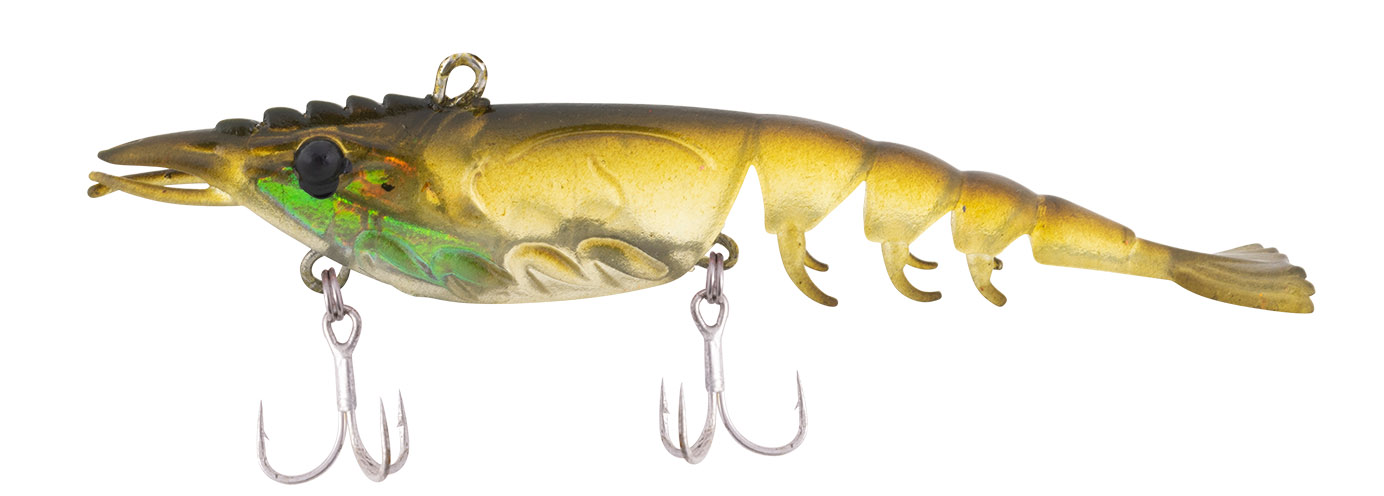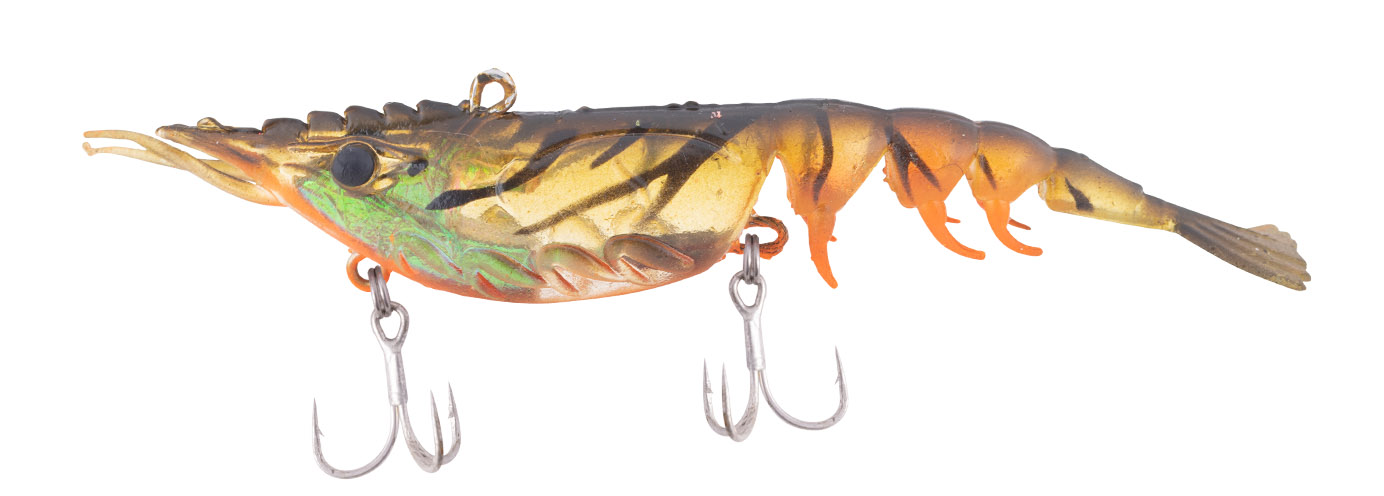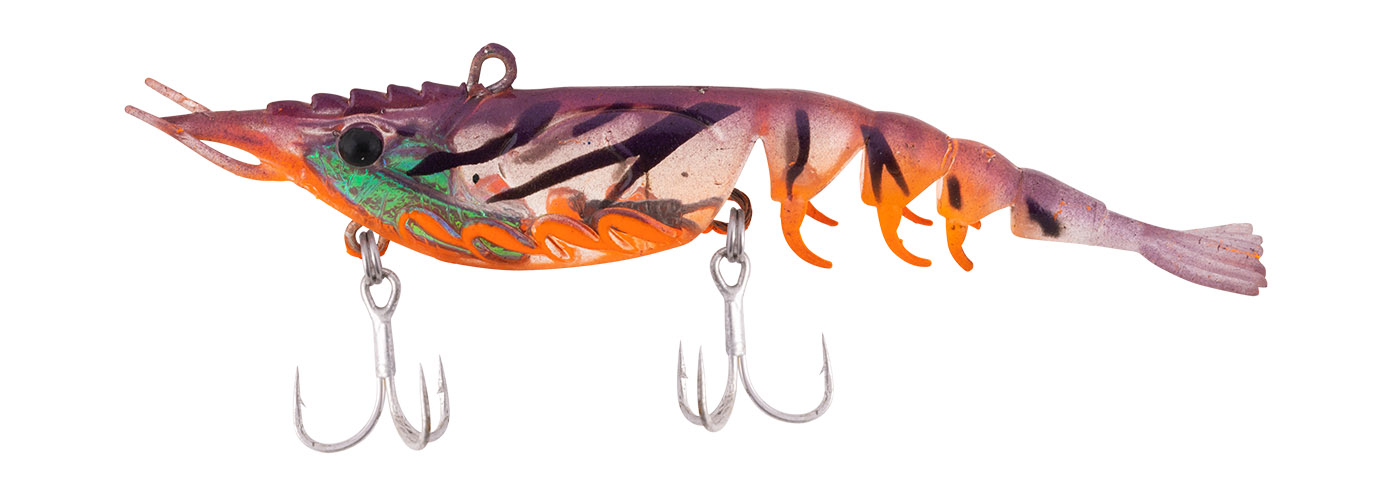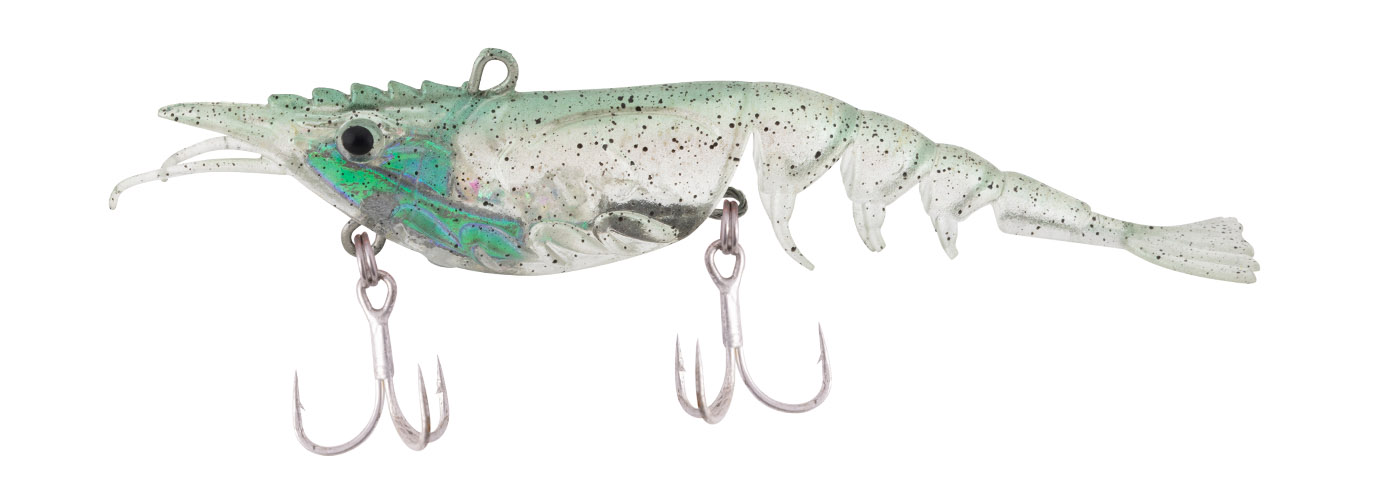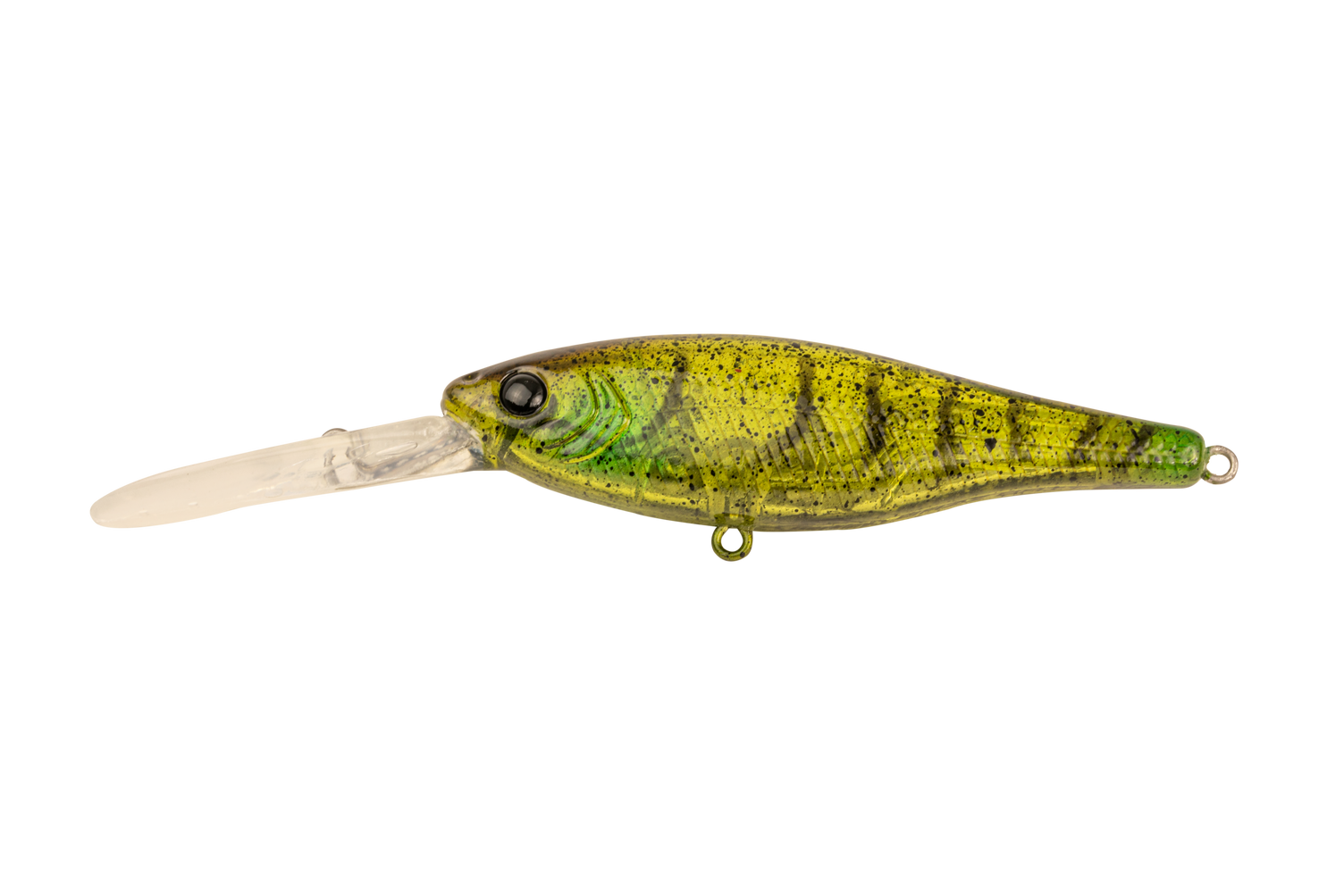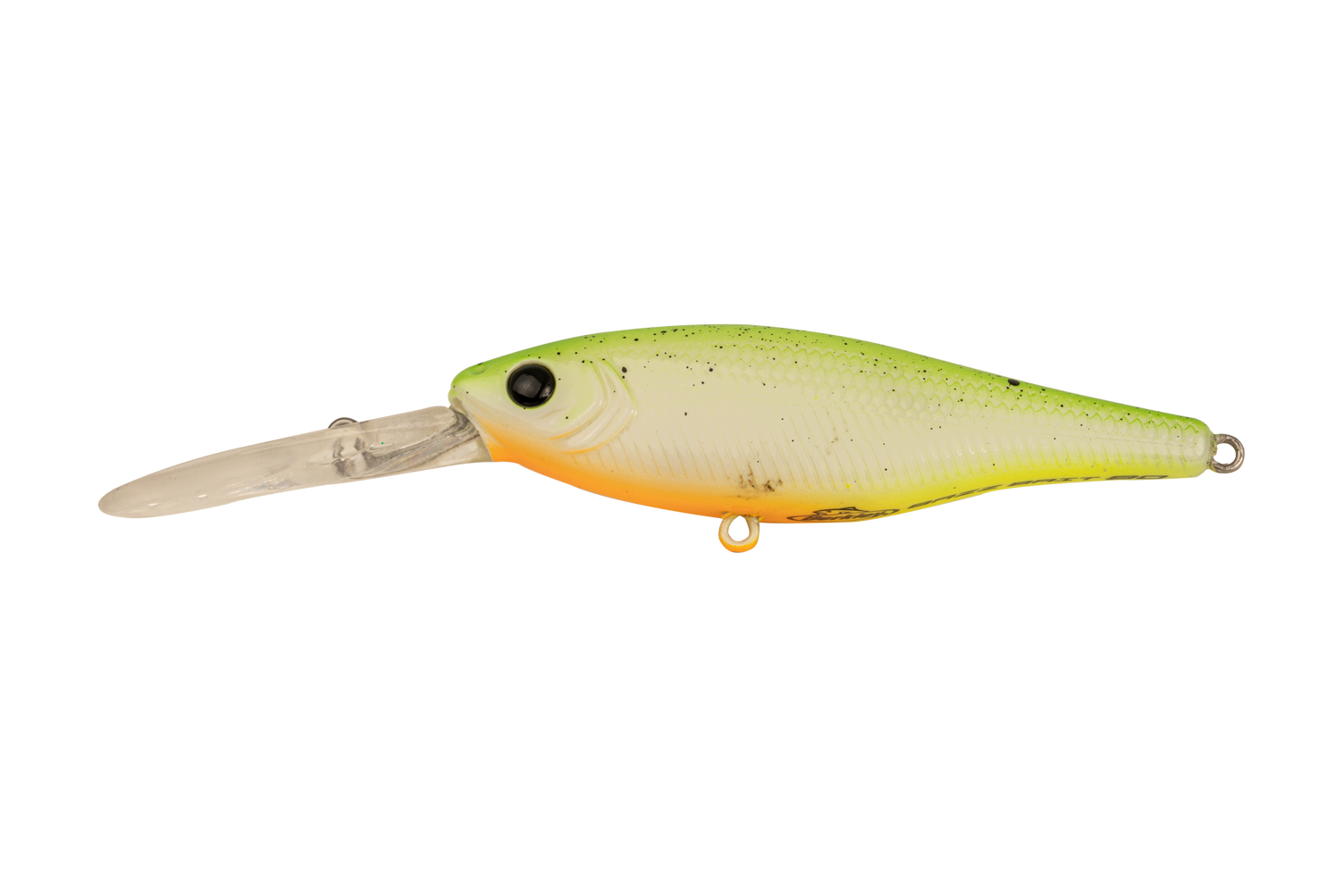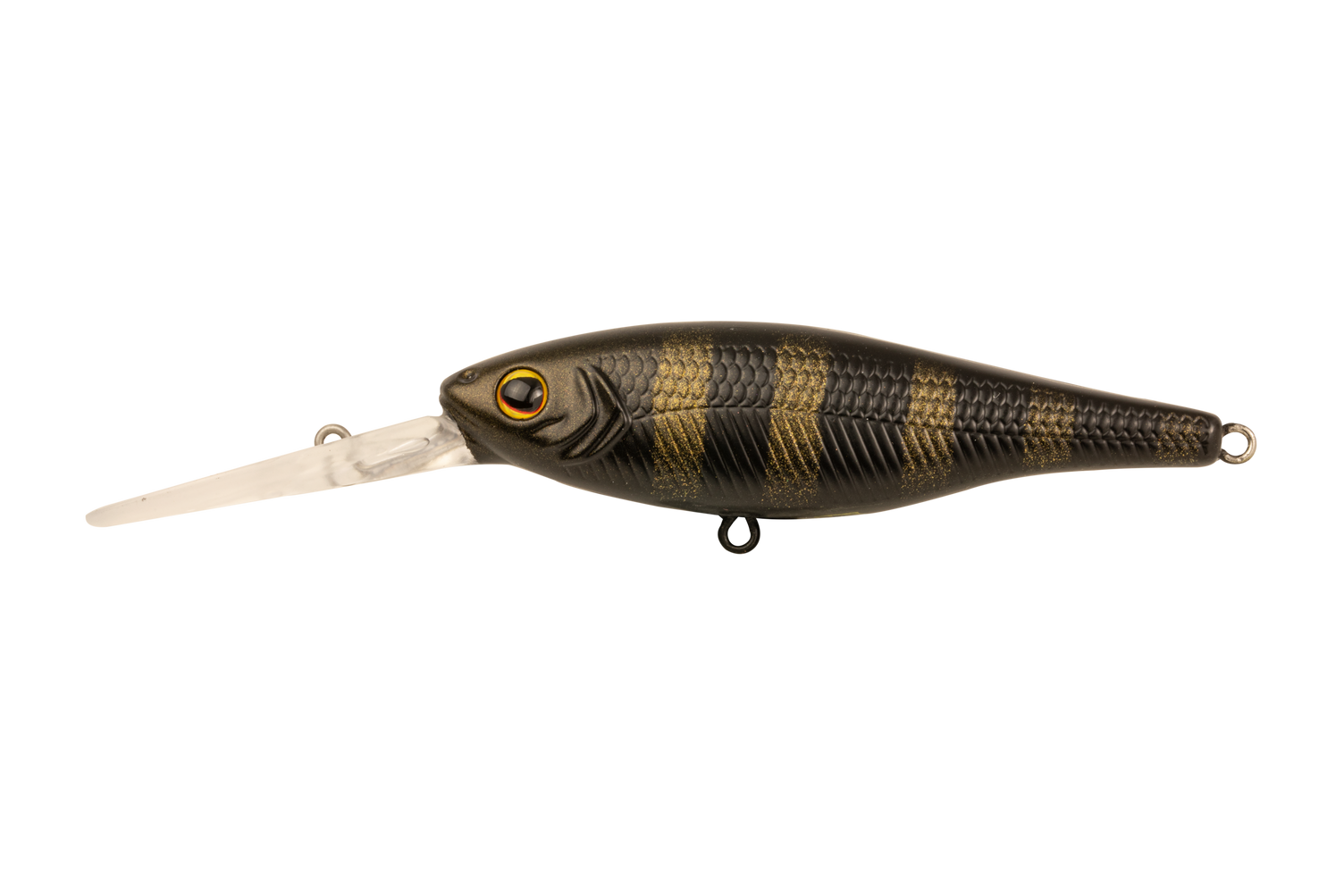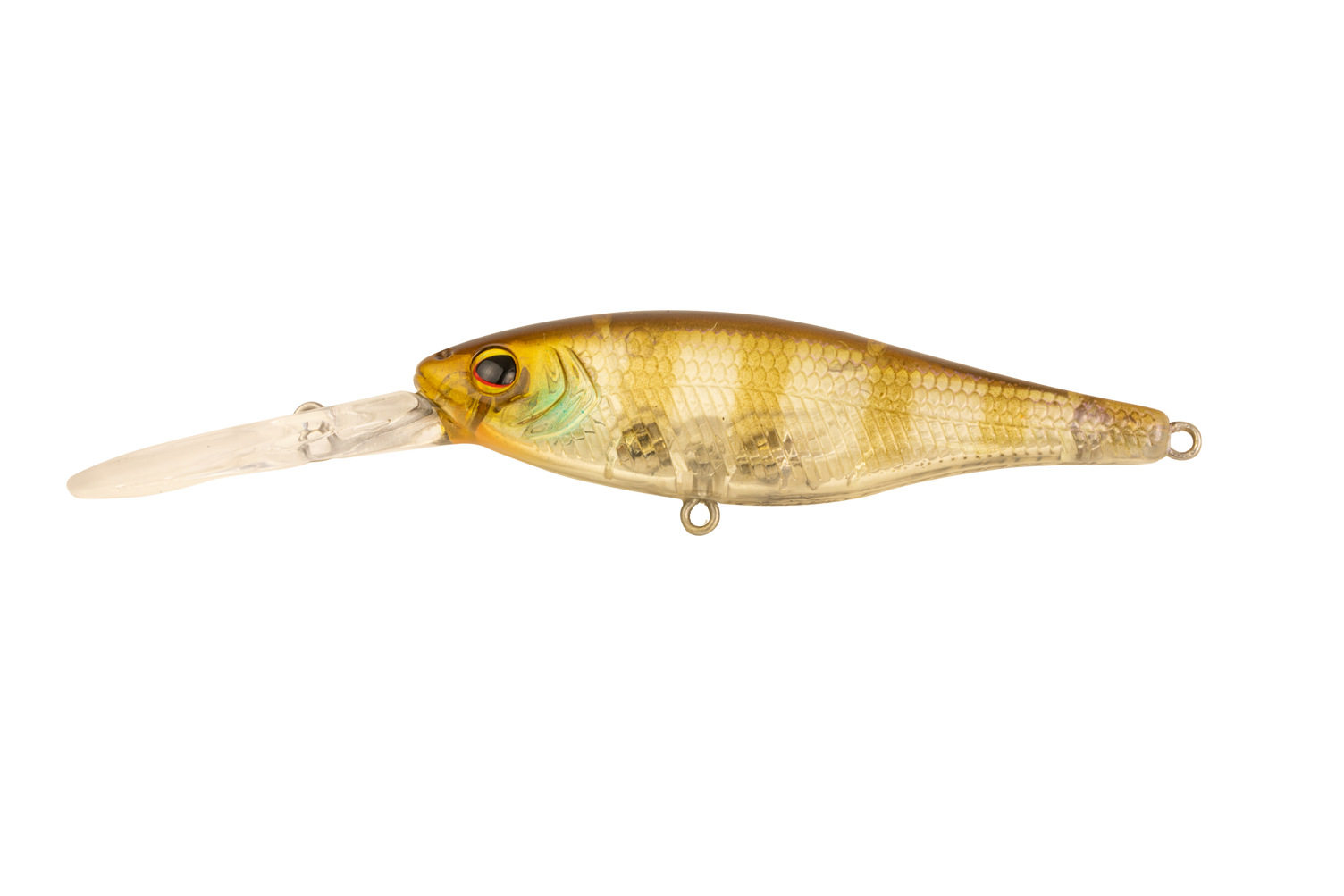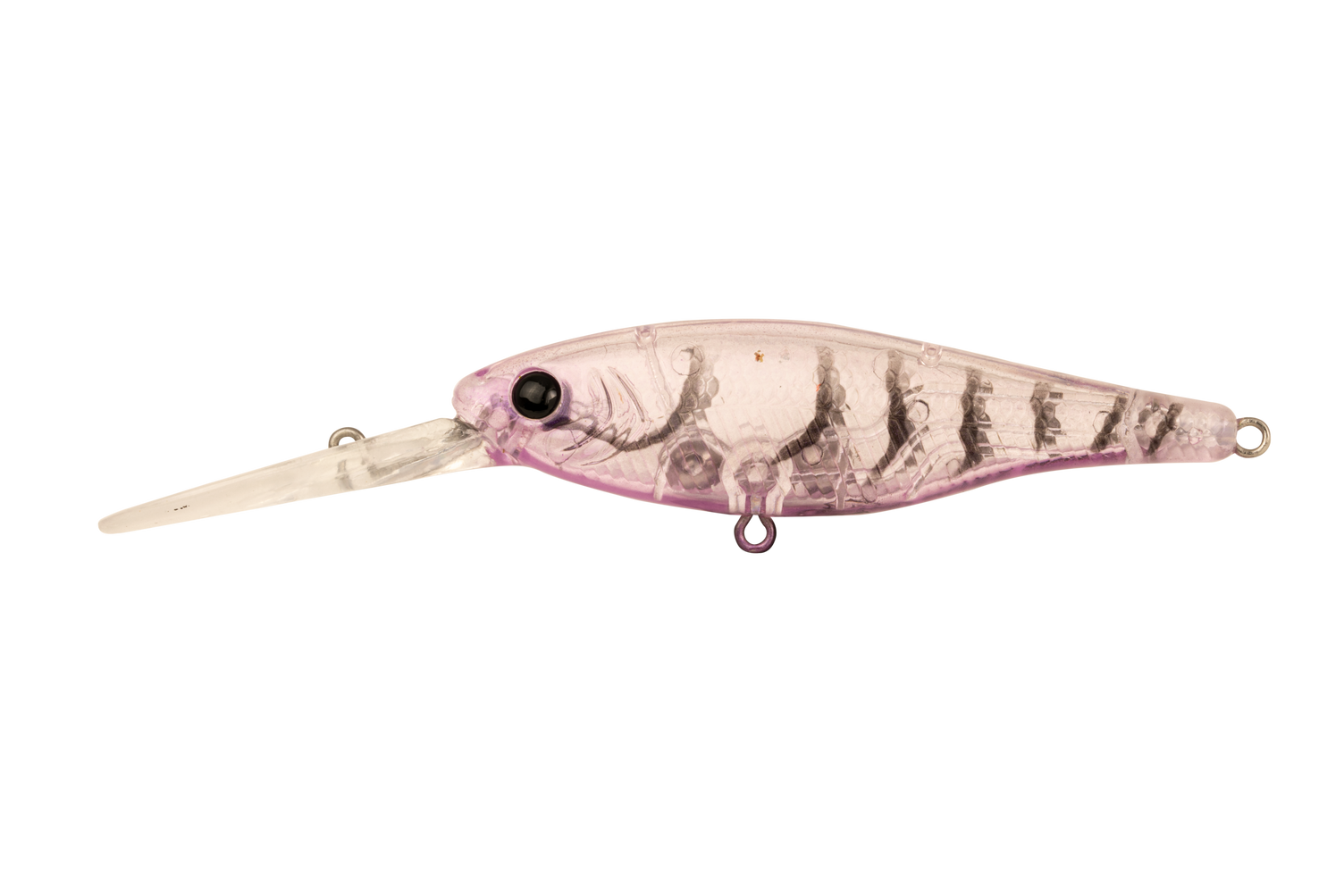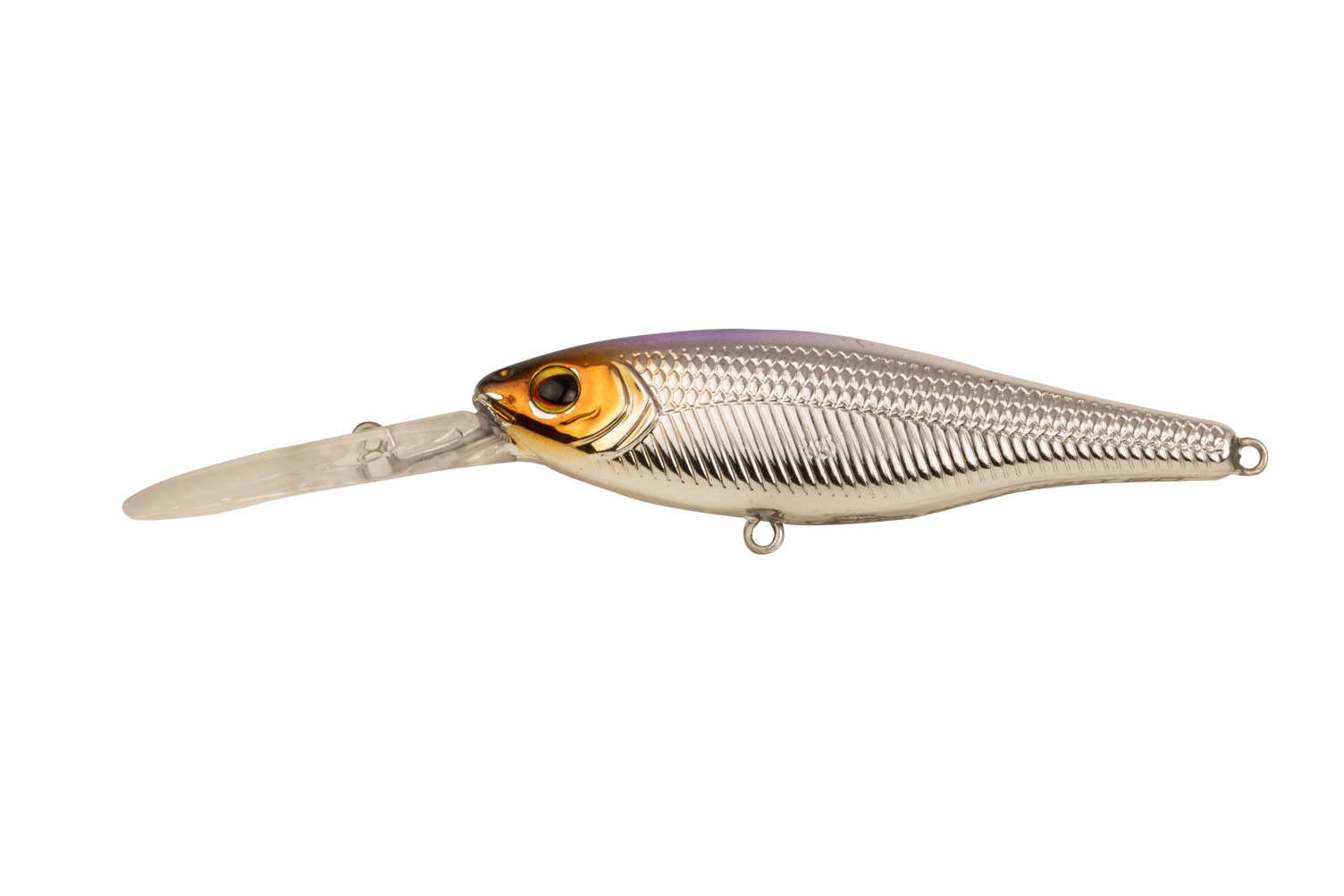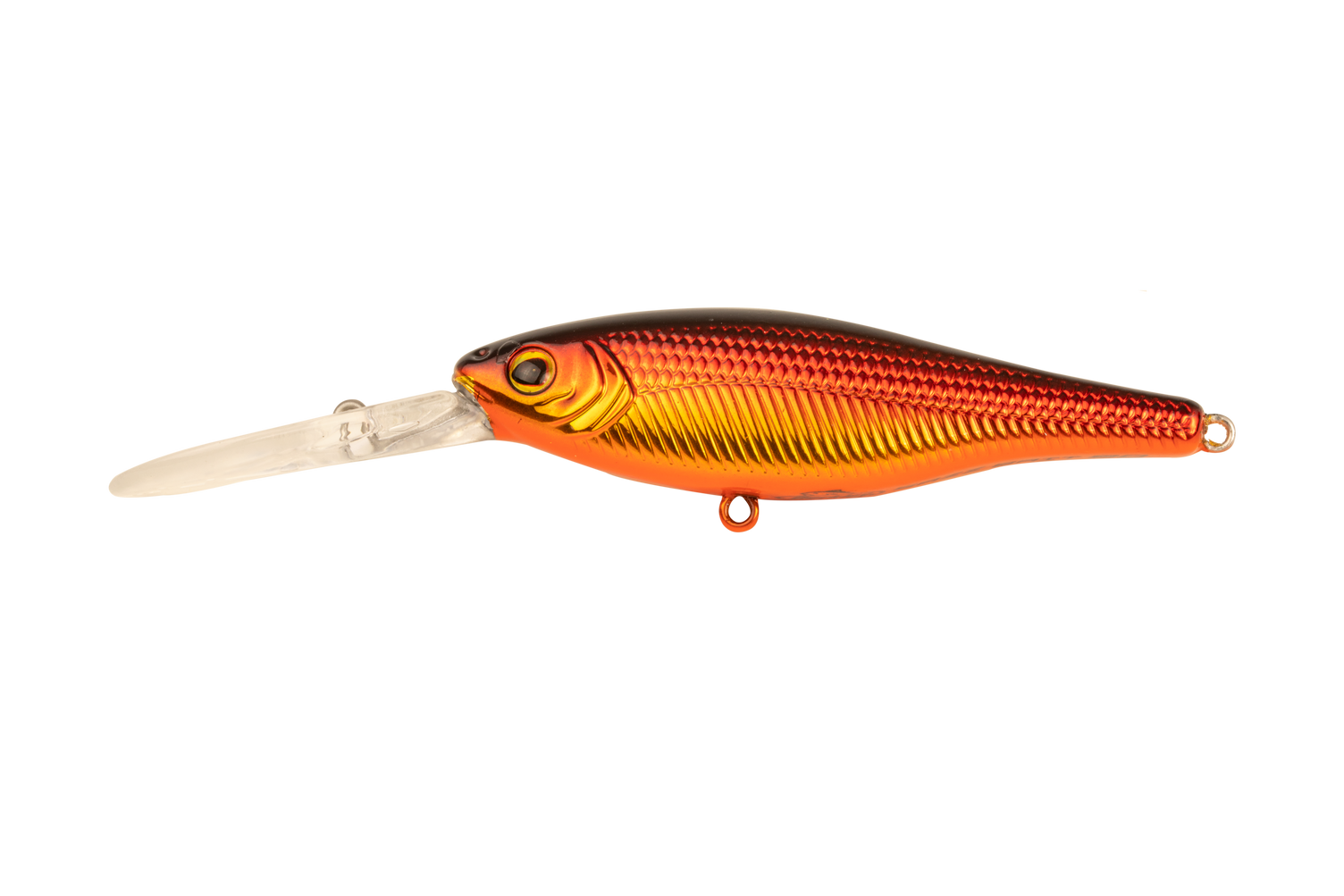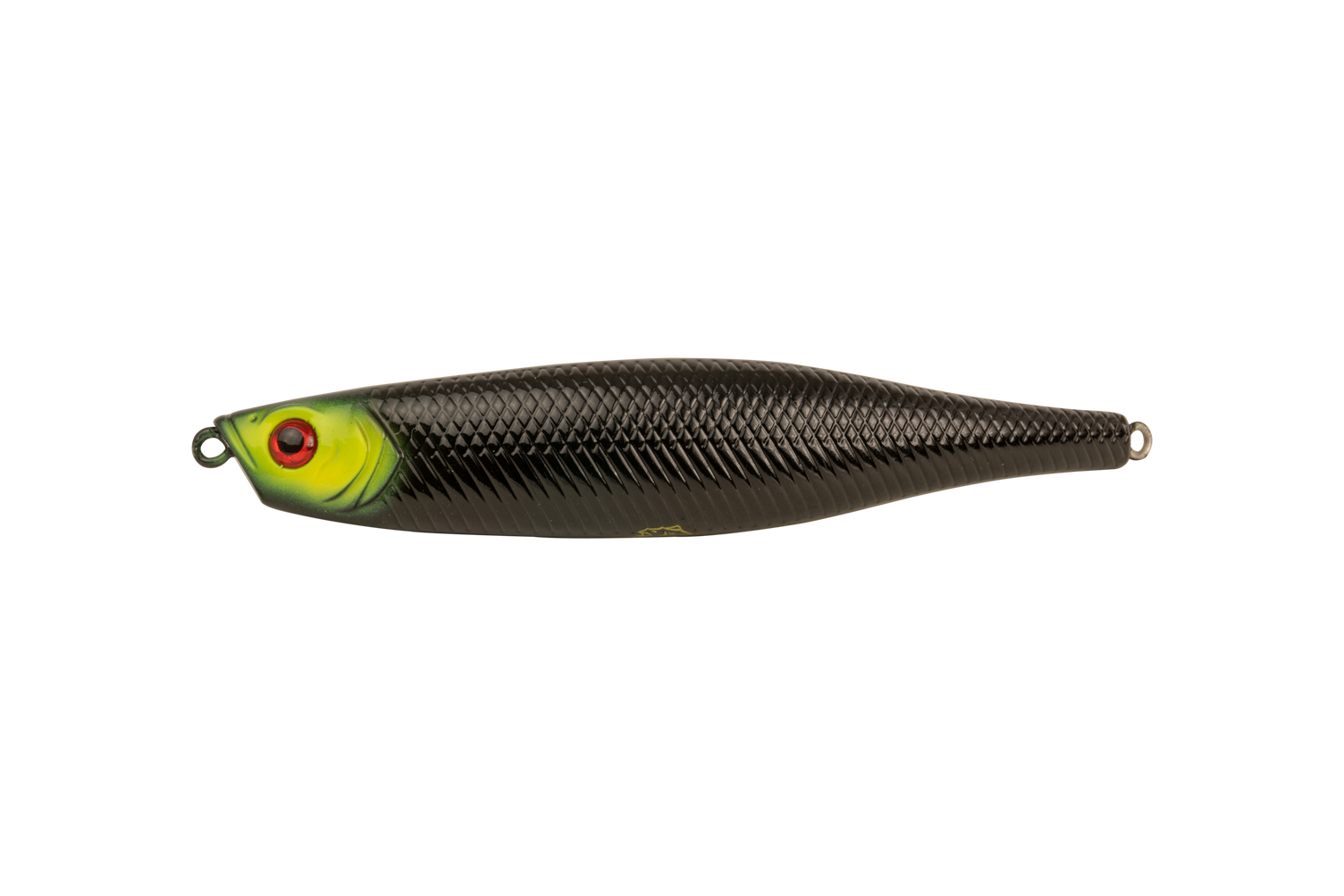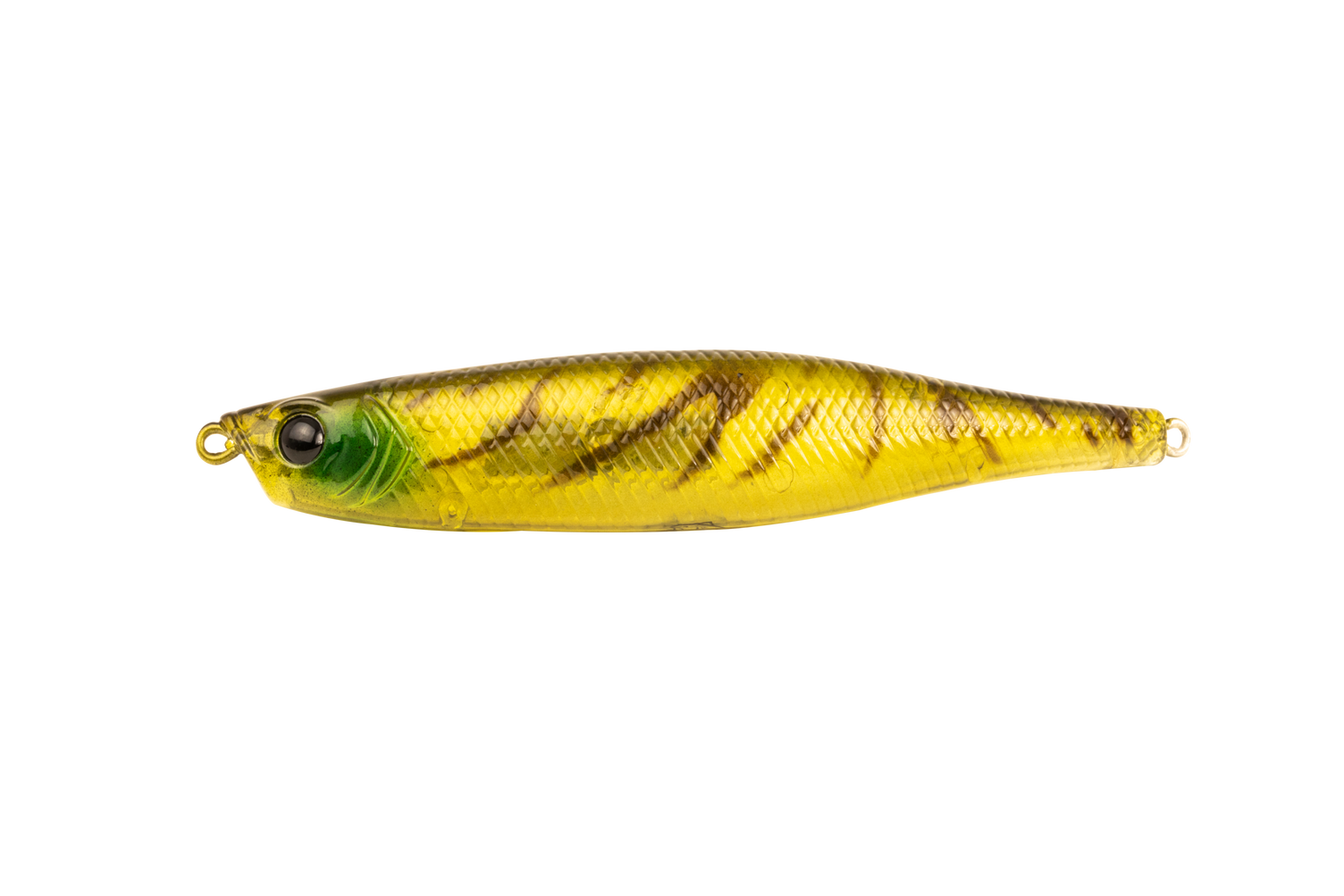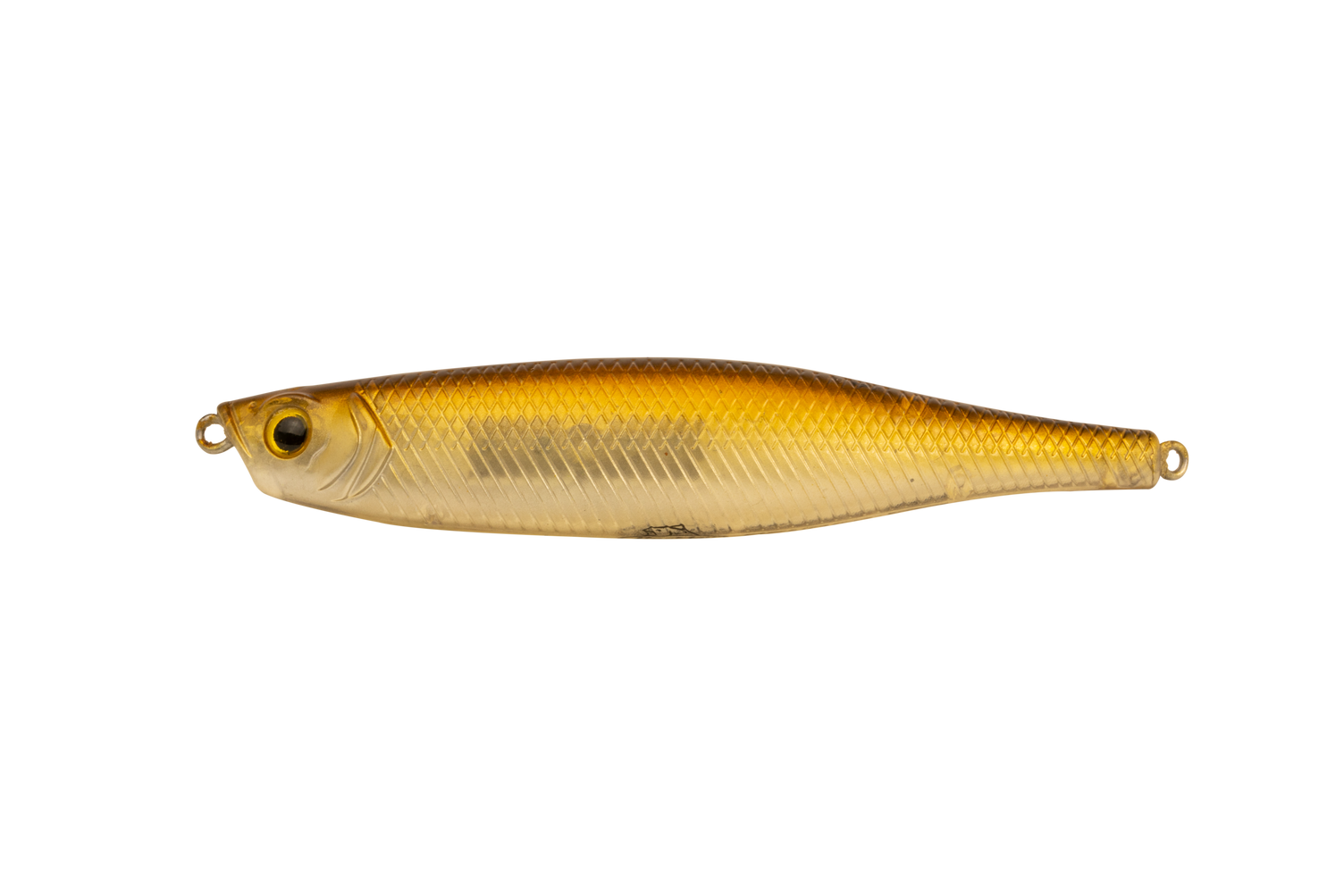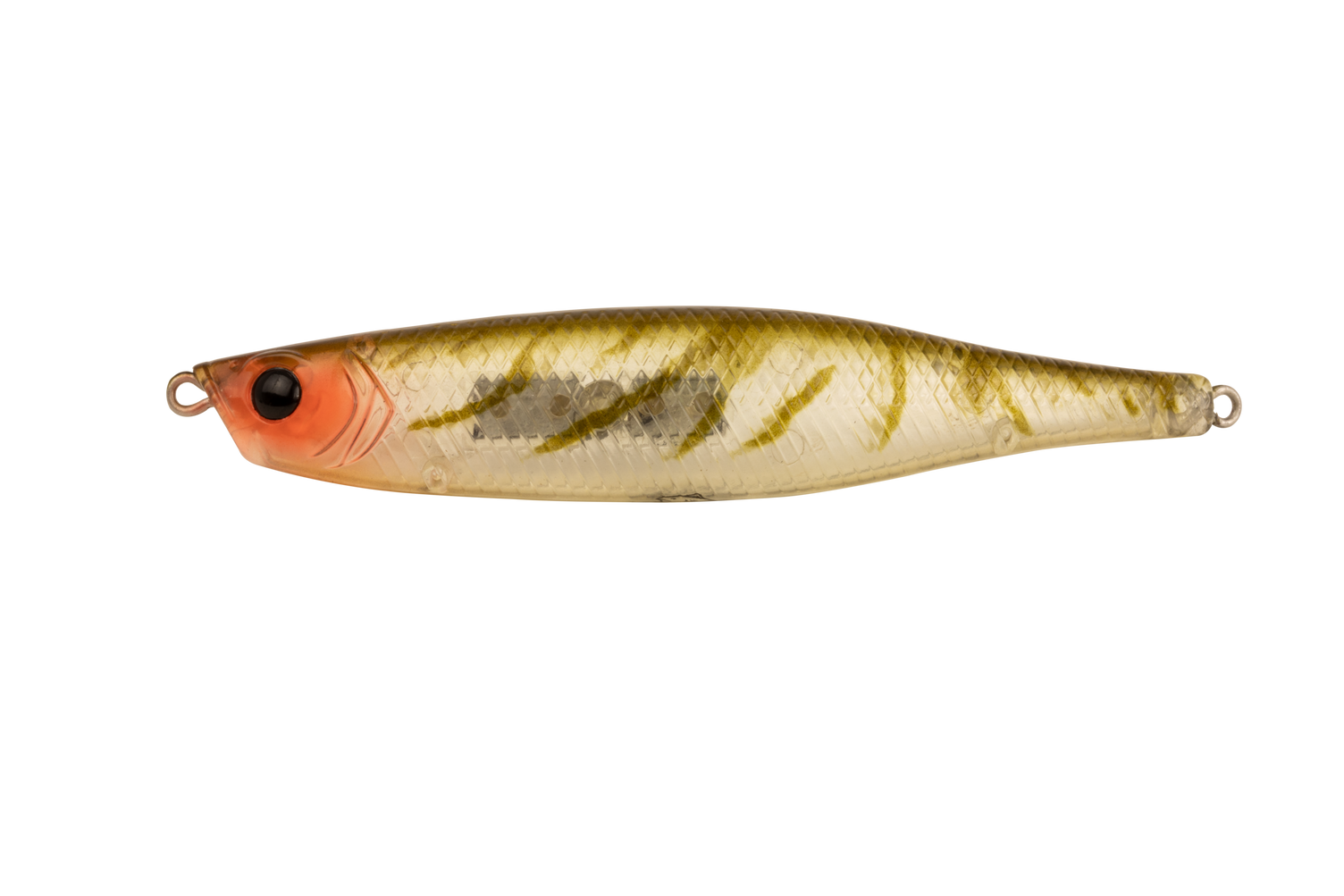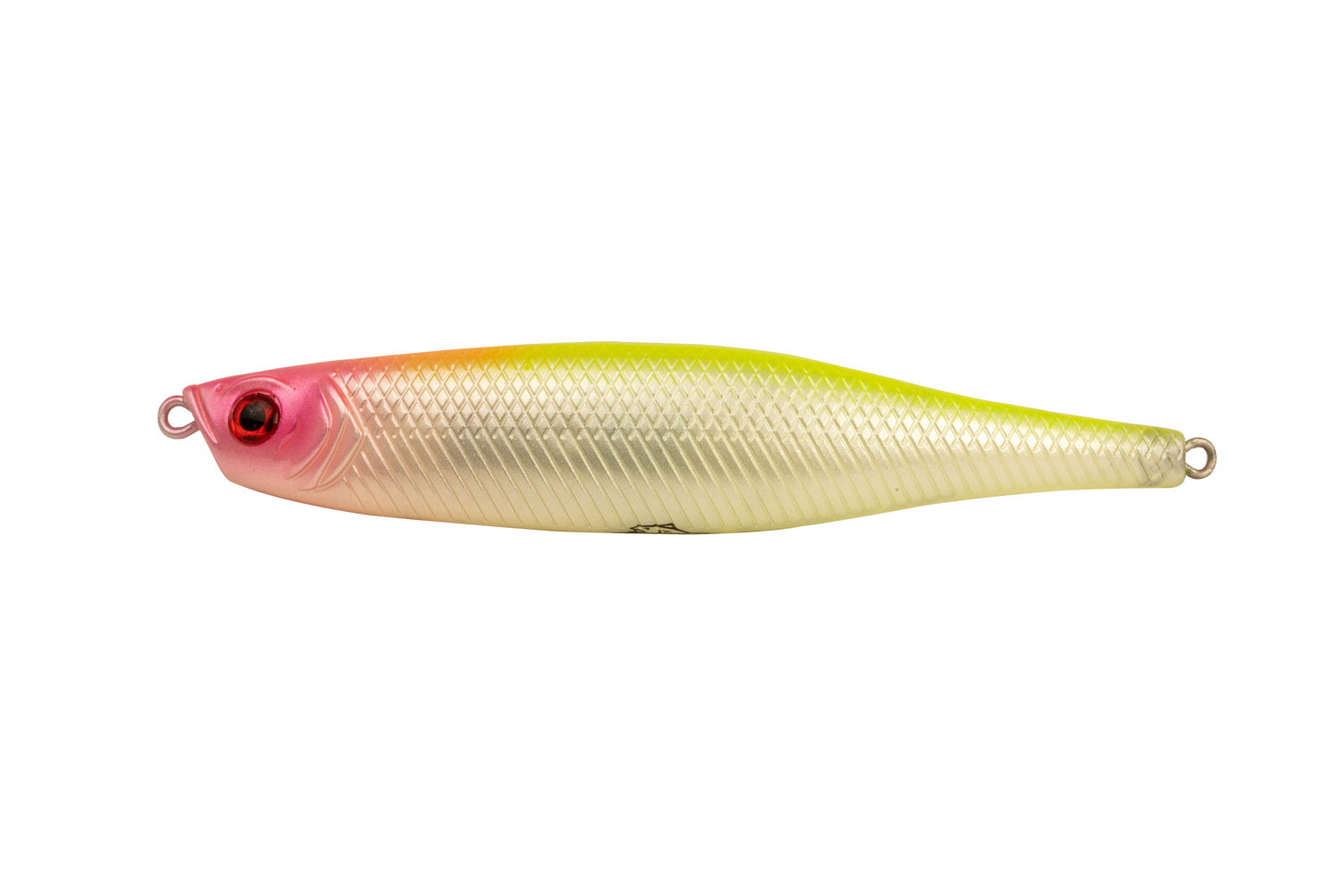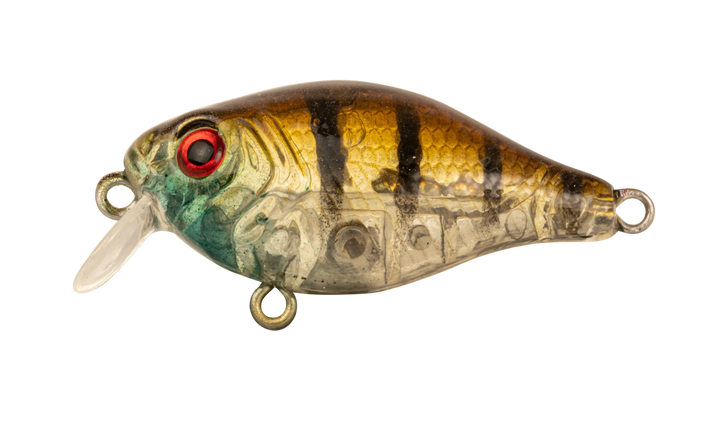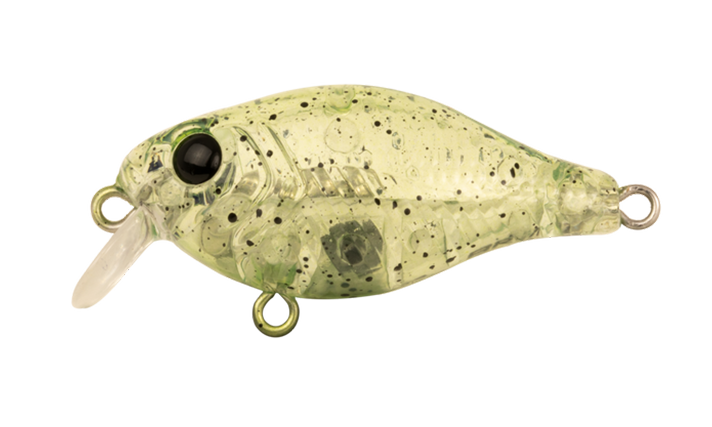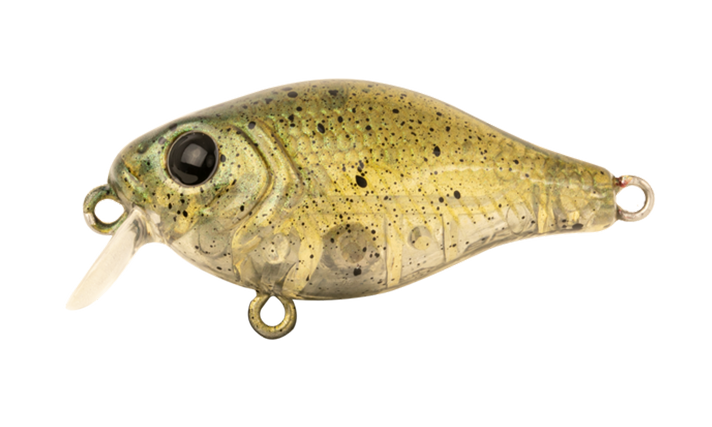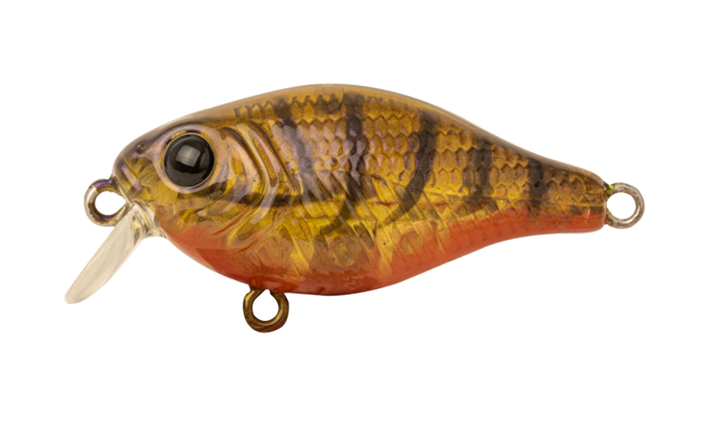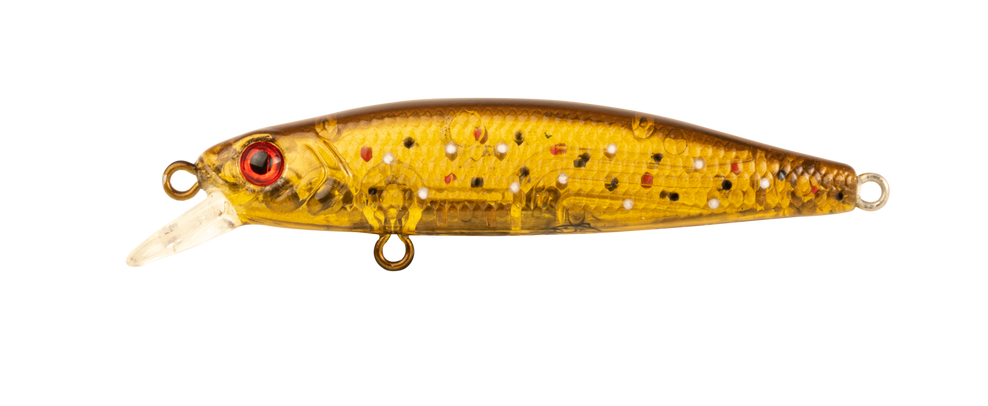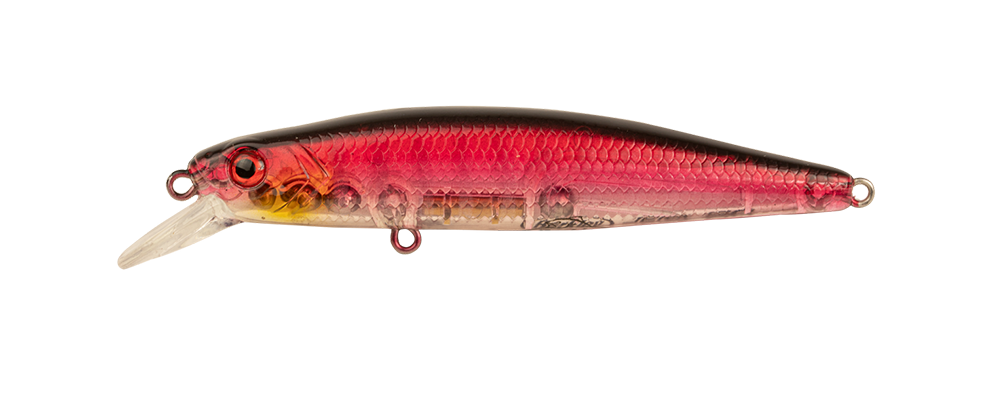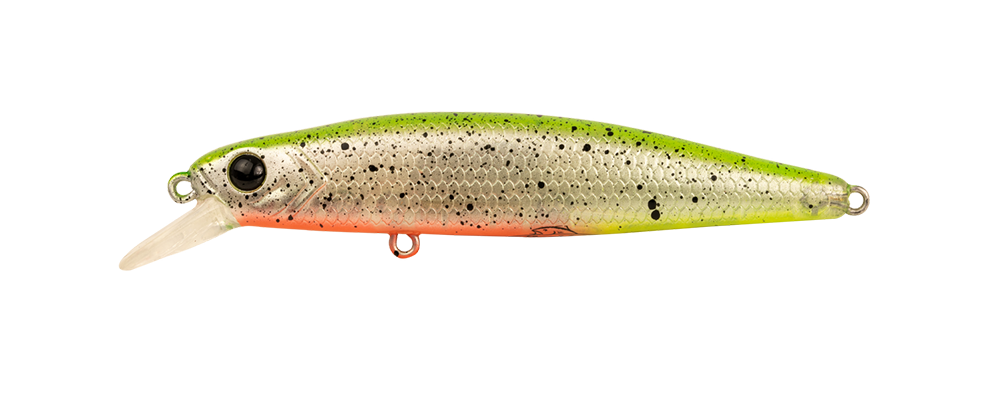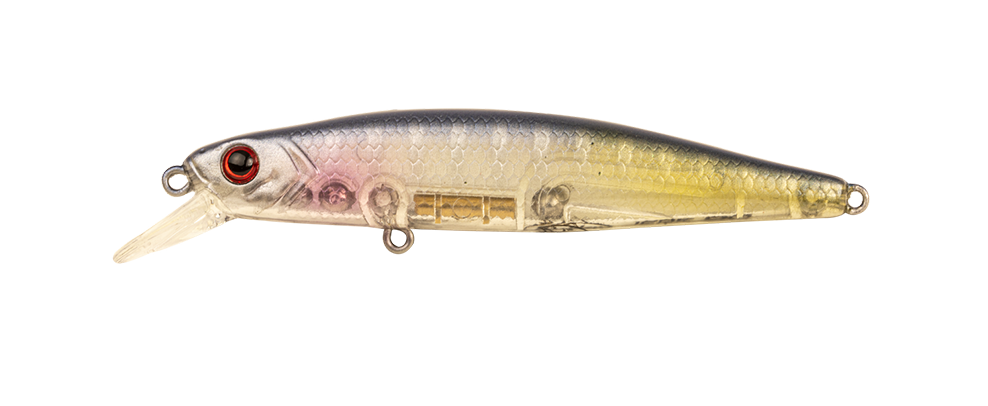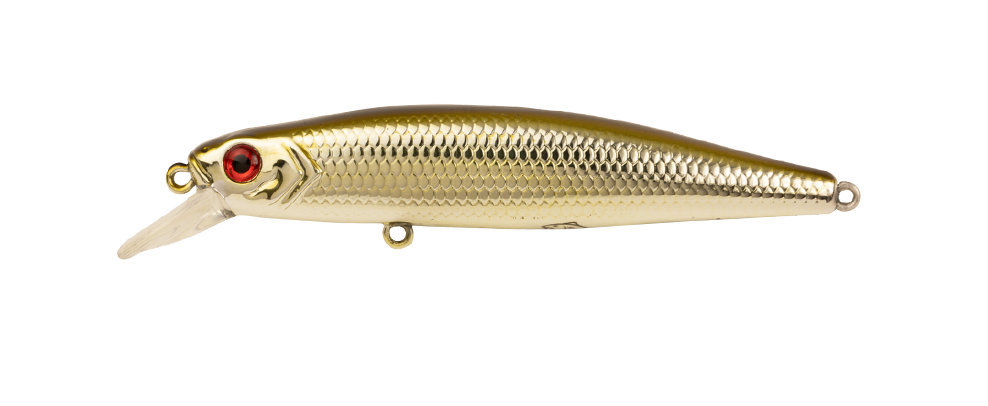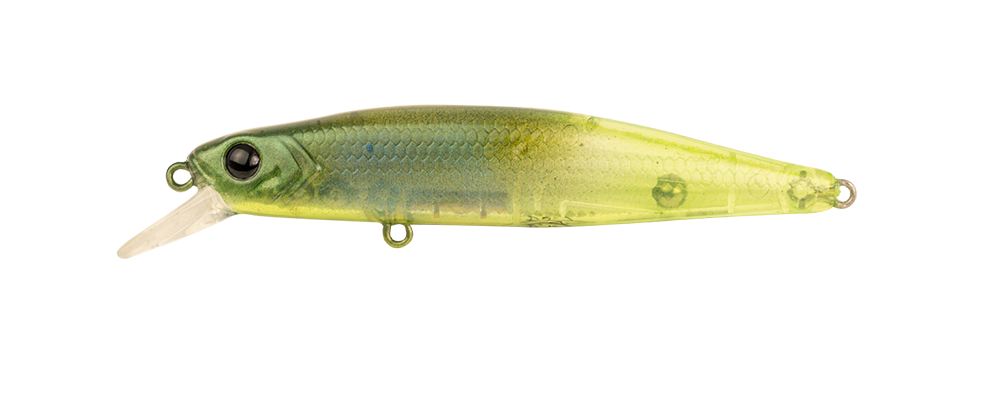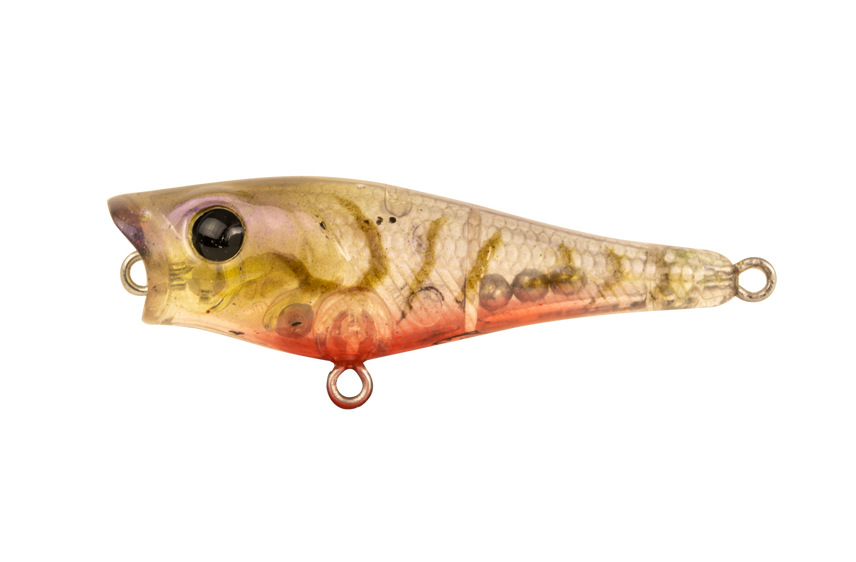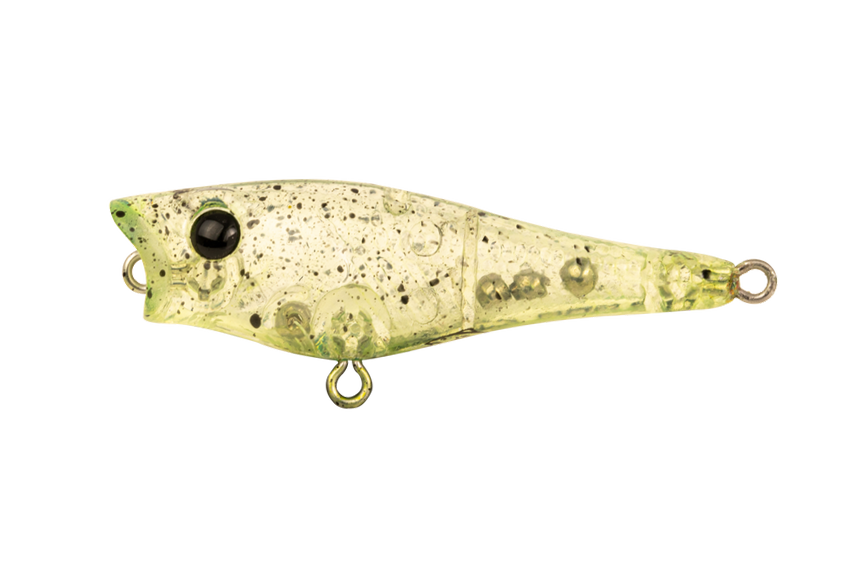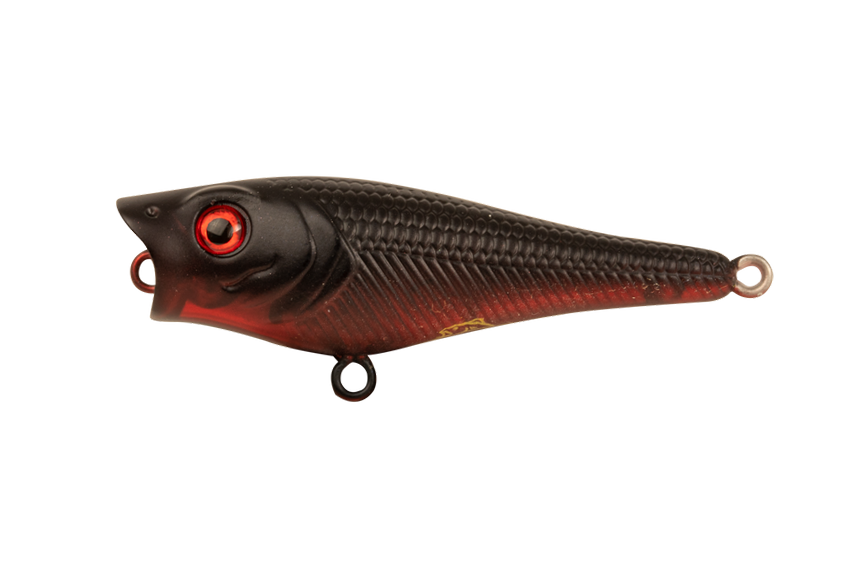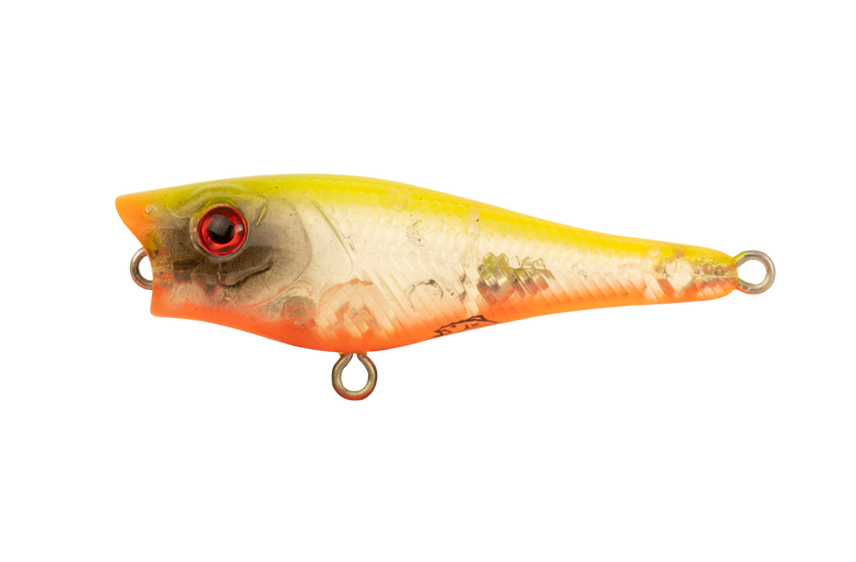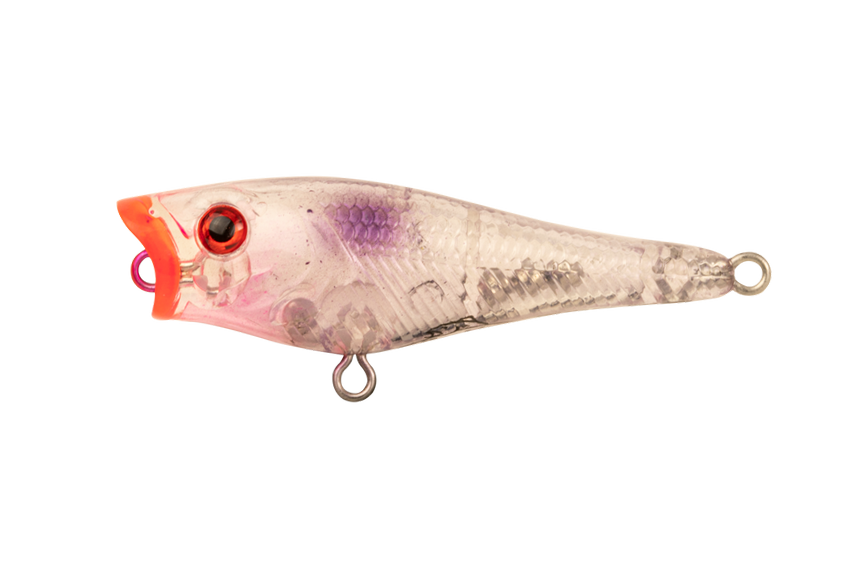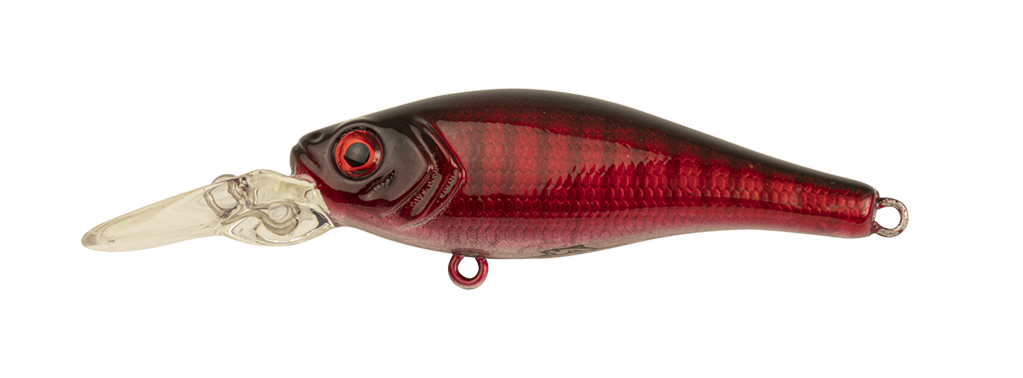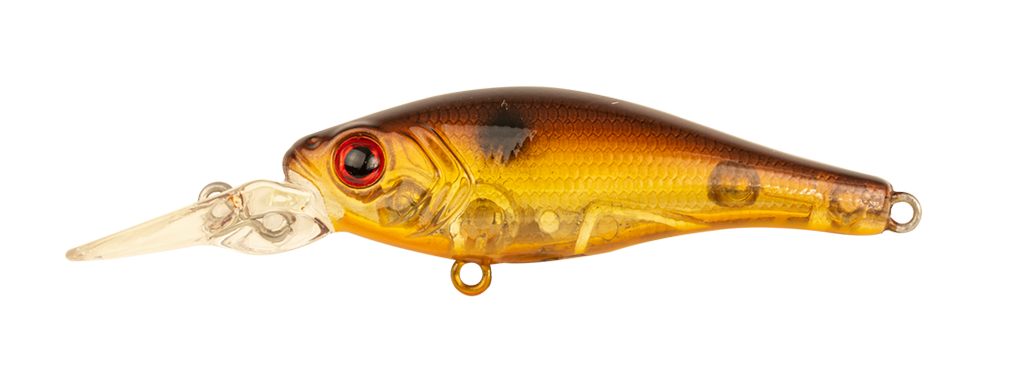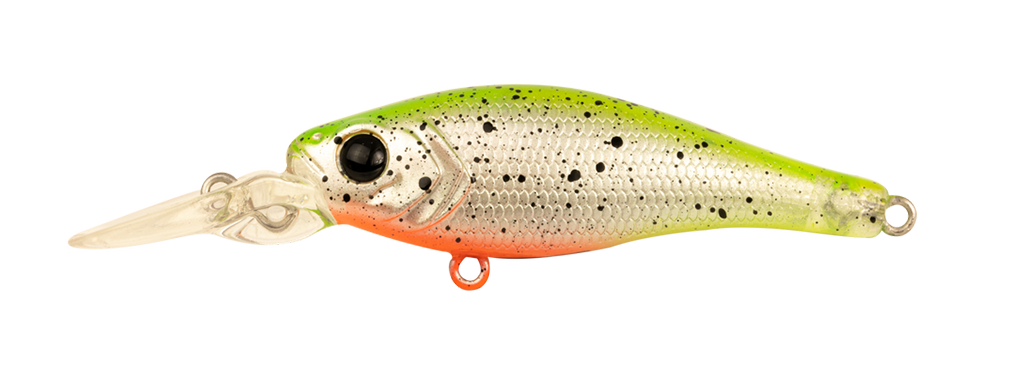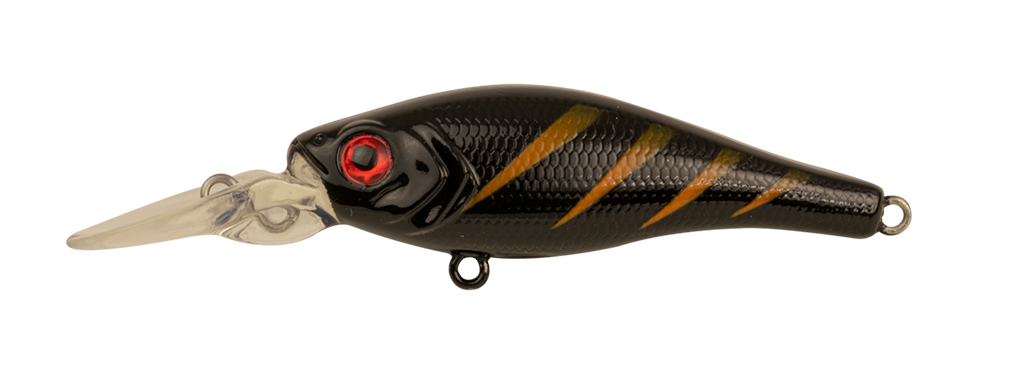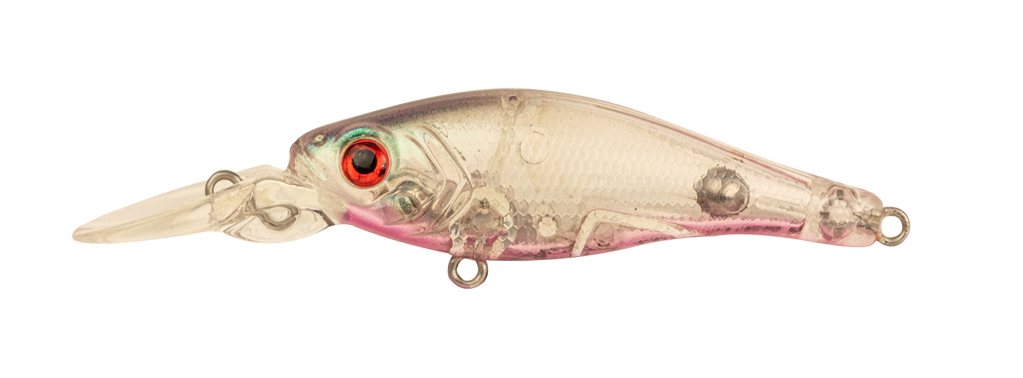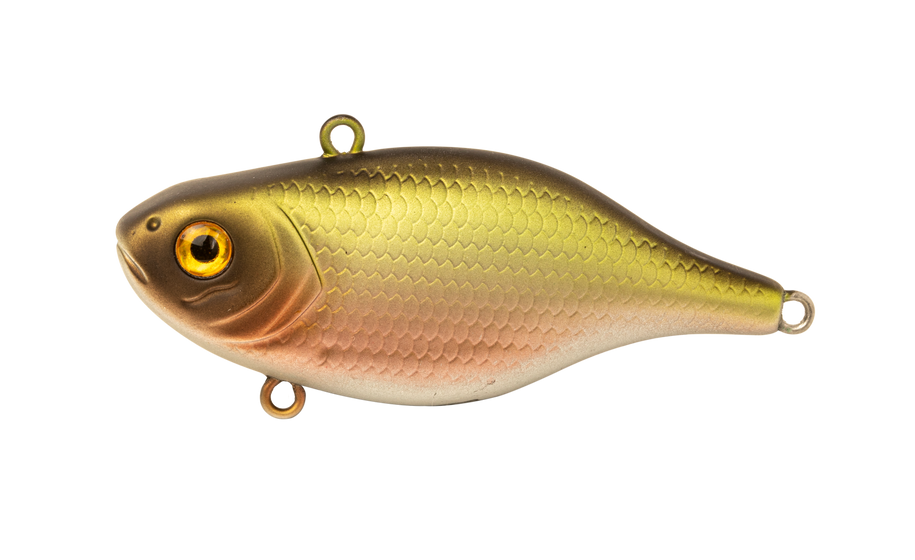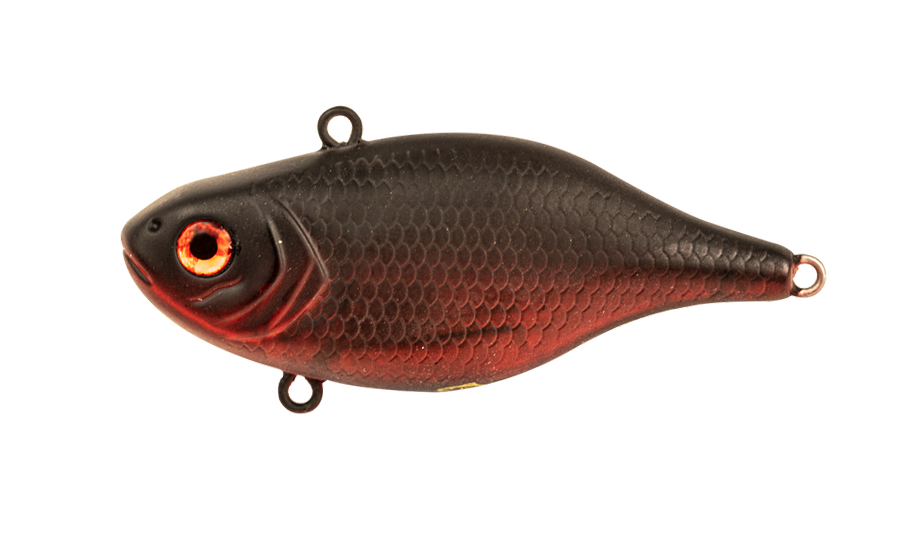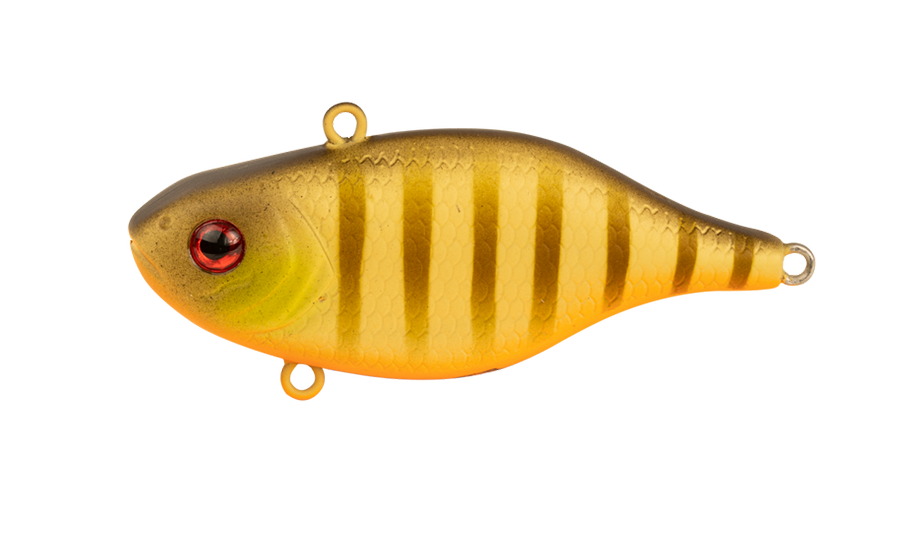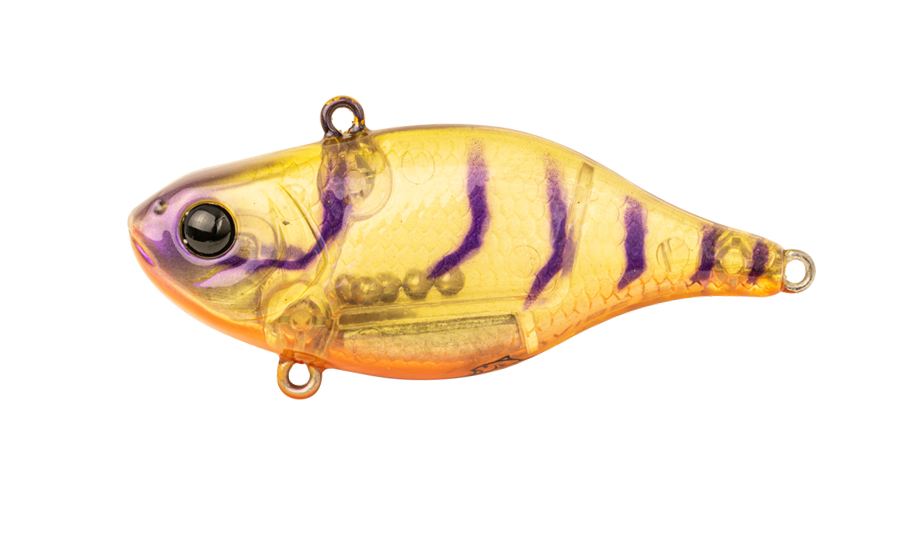IT’S ABOUT THE GLIDE
Berkley proteam member Jono Bleakley shares his first impressions on the Shimma Shrimp after putting it to the test on his hard pressured local estuary of Lake Macquarie.
One phrase that often gets thrown around the fishing scene is, “match the hatch”. This is an expression that gets used in the context of lure choice, that is – pick a lure that reflects or imitates the type of fish that your target species will eat. Whilst some fishos will be limited when choosing a lure by where they are located, or whether they are fishing in fresh or salt water, I think the one bait profile that ALL fisherman can safety pick up out of their lure box and use in any scenario is one that looks anything similar to a prawn or shrimp.
Every time that I have gone to my lure box while fishing over the last few years in the southern estuarine waters of NSW, the same bait profile lure seemed to have been chosen – the soft vibe. Whilst this partly had to do with the fact that it looked like a small tailor getting around, it was the fact that it had a vibration on the lift that really drew me in. So when I heard that Berkley was releasing a lure that not only looks like a SHRIMP but that also has VIBRATIONS, I was keen to hit the waters and see if the same results could be had, following that same principle of match the hatch.
If I were to ask, what’s the biggest indication that a lure works, you would probably say that it has to catch fish, right? Well upon my first cast of the Shimma Shrimp, well before the lure had sunk to the bottom of my local waters of Lake Macquarie, it found itself in the mouth of a quality dusky flathead around 60cm.


At first I was surprised by the fact this fish hit the lure on the sink, but as I brought it close to the boat and started to test its sink rate, it soon became apparent that the true attraction of this lure is not just the vibrations, which was my original thought, but the way in which it flutters down to the bottom.
With a disjointed and segmented tail, and the integrated weight pushed to the front of the lure, it has a real ‘glide’ about it when it’s making its way to the bottom. I’d like to draw a distinction between this and a regular a soft vibe, which at 20g plummets to the bottom allowing the angler to cover lots of ground. But with the Shimma Shrimp, it takes that extra 2 seconds per metre to get to the bottom, which in my eyes allows it to stay in the strike zone just that little bit longer – perhaps why the flathead hit it well before it got to the bottom.
As I ventured into the shallows as the sun got higher in the sky, I got a chance to see this lure work in an area most typically associated with shrimp and prawns – the weed beds. I downsized to the 65mm profile here, and spent the session casting into the sand pockets, letting it pause for 5-10 seconds and then slowly hopping it back to the boat.
One think that really struck my eye here was seeing how it positioned itself when it hit the bottom. As the lure glides down and hits the sand, the tail of the lure stands up and flutters with the prevailing currents. After seeing this, I was more than happy to dead stick the lure a few times of each cast, which is the technique that sees the angler simple leave the lure sitting on the bottom for anywhere up to 30 seconds to entice those more hesitant fish that like sniffing around the mud and sands of our estuaries. I love that this lure gives me that option, I cast slowly lift it up for vibrations, slowly sink it down for a flutter action, slowly hop it for a more aggressive action, or just let it sit there for 10 seconds and do nothing – THEY ALL WORK!
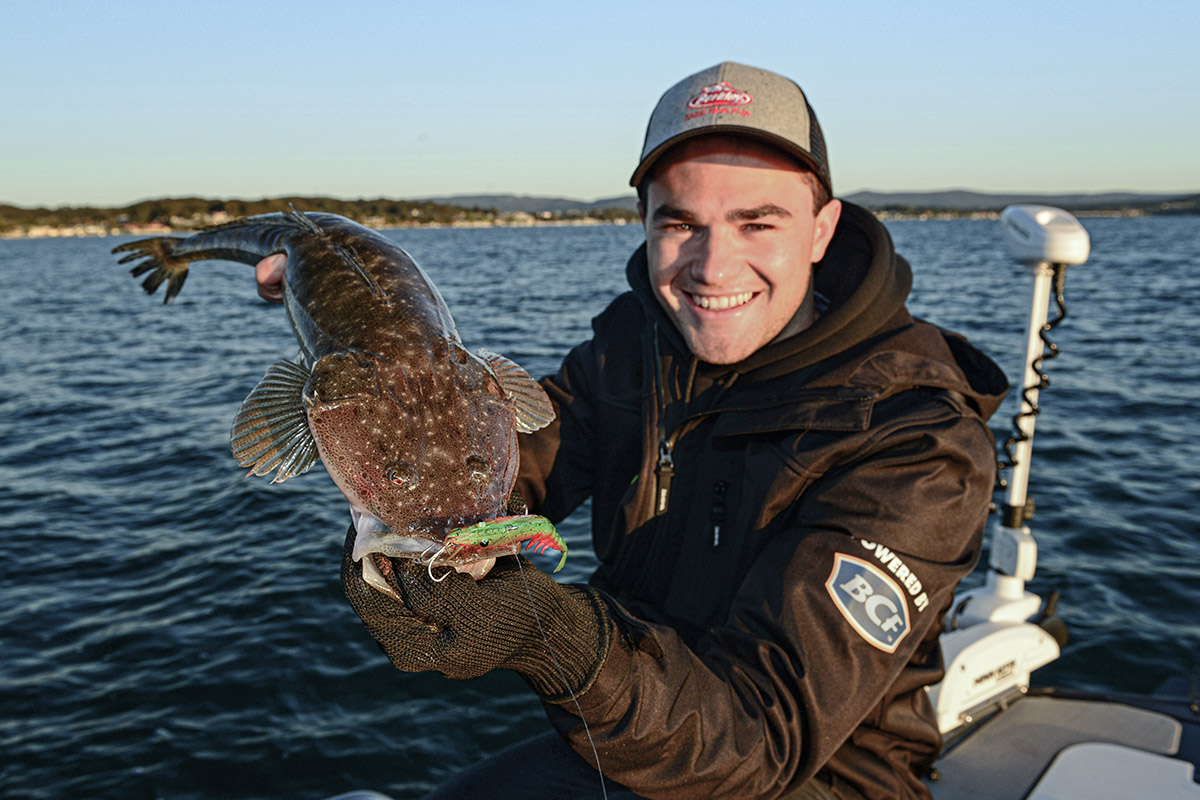

As the tide began to turn and the flats were starting to drain off, I ventured out into an area that averages about 4-5m and is covered in sandy pockets and weed. For me, this is the area where I see this lure being most effective. Due to its slower sink rate, I found the 5 m range was the perfect depth for it to flutter down and be seen by those predators sitting on the bottom, while also having enough water above the lure to rip it up and create vibrations. It was a little early in the year for me to have much success in these zones, but I am excited about the prospect of casting this lure around when the flathead begin to had to the shallower water around that 4-5m range.
I have always been a fan of the saying, colours buy anglers and profile buys fish – I think it has some real truth. In saying that, I love that the Shimma Shrimp range has a variety of different patterns that cover the different colours we see on shrimp and prawn throughout Australia. For my local waters, where the prawns tend to have a green tinge to them as they flicker around on the new moon – I found myself using the Fire Tiger, Oliver , Blue Tail and Peppered colours. However, if I was to head further north where those big tiger prawns tend to hang out.
One of the big things when it comes to lure fishing, in my books anyway, is having a lure that you know is going to work 9 times out 10. What I mean by that is knowing that the trebles won’t get hung up, knowing that the lure won’t catch back on itself and knowing that it’s going to vibrate every time. It might only be a little thing, but knowing that the hook placement on the Shimma Shrimp is strategically placed so they can’t hang up is just another little feature that I loved about this lure.
It was only one session, but my good it was fun – bring on summer! Bring on that mega dusky flathead!
I’ll see you on the water.

By Jono Bleakley – Berkley Pro Team
Jono is an avid angler based on the NSW Central Coast who loves hitting everything from peaceful bass backwaters to coastal rock ledges with his mates. He spends most of his time on the renowned recreational fishing haven of Lake Macquarie, predominantly targeting bream, flathead and the mighty mulloway. Tune into Jono’s Instagram page @bleakers.fish to keep up with the action.



